| Here's a walk through a garden showing how many of these repurposed tools can be utilized. Entrance Pathways Starting Seeds and Plants Containers Raised Beds Growing Trellises and Other Plant Supports Composting Watering Pest Management Harvesting Tools and Storage Furniture, Fencing, Fountains Fun Art | Dreaming about buying that new "perfect" tool? Forget it. Recycling and repurposing - inventing new uses for household items - can be more productive and certainly less expensive. Some items can gain whole new lives as garden tools, and developing new uses for dependable old standbys can open a whole new world of possibilities. All of these "new" tools will ease your gardening chores for many years, and you'll feel the pride and delight that comes with creating a new use for what might have been discarded. Here are 50 ways to get started. FROM THE KITCHEN 1. Save boxes just wide enough for seed packets to stand up. Sort packets by planting season, and put each group in its own box. Within each season, arrange packets alphabetically, or group them into early-, middle-, and late-season use. When you're ready to sow, the packets for that time will be together already, with no searching. 2. Use empty citrus rinds for the simplest seed-starting container of all. Just fill the rind with potting soil, place one or two seeds in each, support it upright, and water to moisten the mix. Thin later to one seedling per rind. Transplant the whole unit into the garden. The rind will decay into the soil, and the roots will benefit by the fertilizer close at hand. 3. Use pint-size plastic mesh berry or cherry tomato baskets to start seeds indoors. Cucurbits--cucumbers, melons, squash--and other plants that don't like to be transplanted do especially well with this method. Line the baskets with one or two thicknesses of newspaper or paper towel, fill them with potting mix, and sow four or five seeds in each. Thin seedlings later to one or two plants; three if they'll be planted in hills, as for melons. The baskets allow plenty of room for root growth. When the weather outside is warm and settled, plant the baskets, making sure the soil is mounded over the plastic and the newspaper. There'll be no transplant shock, and the roots will grow through the paper and mesh into surrounding fertilized soil. At the end of the season, lift, clean, and store the baskets for future use. 4. Keep vegetable and flower row/bed labels bunched together with rubber bands or twist-ties from sandwich bags. Make a grouping for each individual vegetable, with all the varieties in that one bunch. This makes searching easier the next time you plant, whether in several weeks or next year. 5. An old fork or spoon will separate and lift seedlings gently from flats, and the handle--or a pencil or ice cream stick--can be used to ease transplants from individual growing pockets in segmented flats--all without damaging the tender roots. 6. An old paring or putty knife can be used to cut transplants out of a flat or as a harvesting aid. 7. Slit open plastic dry cleaning bags for lightweight sheeting over newly seeded flats or beds. Outdoors, anchor the sides to keep it from blowing away. Remove the sheeting when the seedlings are an inch tall. 8. Cheesecloth staked over a seed bed or a transplanted seedling helps in several ways. It protects the bed from hard rains and overhead irrigation. When the sides are anchored down, it keeps snails and birds out. 9. Slip half-gallon milk cartons with the tops and bottoms cut off over celery plants to blanch them as they grow. 10. Use plastic mesh baskets from cherry tomatoes or strawberries to protect newly-sprouted seedlings such as corn, cucumber, melons, and squash from birds. By the time the seedlings are tall enough to reach through the tops of the baskets, they are no longer as tender and detectible as the birds prefer. 11. Use plastic or metal cans (or those ever-useful plastic berry baskets) to support melons and squash as they mature. These supports will keep the fruits above the soil surface so they are out of range of many soil-borne insects and diseases. 12. Metal cans under melons concentrate the sun's warmth and transfer it to the maturing fruit, resulting in sweeter melons ripening earlier in the season. 13. Use refrigerator and oven racks covered with cheesecloth to make a "sandwich" rack for drying fruit or herbs. Place cheesecloth on one rack, and spread out the fruit on it. Cover the fruit with another layer of cheesecloth, and place the second rack on top. Flip the "sandwich" each time the fruit needs to be turned for even drying. Bread and cake cooling racks also work well. 14. Use inexpensive household rubber gloves during wet weather for all but the roughest garden chores. They will not absorb moisture, and they'll insulate your fingers from the cold better than will cloth gloves, especially when they get wet. 15. Save sets of jars for sorting and storing seeds you've collected. Use the same type of jar for each type of seed for quick sorting. Choose the jar size to match the quantity of seeds you have. Place them together on a shelf for quick, at-a-glance recognition and easy retrieval. 16. Use a lightweight plastic garbage can to haul around the yard when weed¬ing or pruning. Periodically, empty its contents into central disposal cans, and continue collecting. You won't strain yourself carting around a heavy container, and this saved energy can go into further gardening. 17. Use common household baking soda to get rid of mildew in your home and garden. Dissolve five tablespoons of the soda in a gallon of water. Spray or wipe the solution on windowsills, porch, or other mildewed areas, and let it dry for 30 minutes. Rinse the area, scrubbing with a plastic brush if necessary. Spray it onto plant leaves weekly or after rain or overhead irrigation. 18. Use a coffee can with two plastic lids to protect the connection of two extension cords outdoors from the weather. Remove the metal bottom from the can. Slit each plastic lid from one edge to the center, and enlarge a center hole in each lid to be slightly smaller in diameter than the cord. Slide the can over the end of one cord, connect the cords, center the connection in the can, and slip on the lids. Keep the slits pointed downward to allow drainage, in case of condensation. FROM THE GARAGE 19. Create a "glove trap" by attaching a mousetrap to the wall near an entrance to the garden. The gloves will be easily accessible and can dry quickly. 20. Use a shallow, compartmented, plastic basket with a handle as a garden carryall for seed packets, pruners, trowel, fork, and other small items. Before each day's initial trip into the garden, replenish the basket with seed packets appropriate for planting at that time. As empty spots develop in the garden, plant a few seeds of carrots, lettuce, parsley, etc. 21. Tie twine through the springs of two clothespins, and clamp the pins to a trellis on each side of a cucumber, pea, or other reluctant climbing vine. The clothespins allow easy moving or readjustment of the tension on the twine without a lot of tying and untying knots hidden in the plant foliage. 22. Use a child's wagon for hauling moderate amounts of fertilizer or tools into the garden. Its four-wheeled stability makes the effort easy when a wheelbarrow-sized amount is unnecessary. 23. Place a rubber washer around a length of dowel at the correct planting depth to punch planting holes for seeds like corn and beans without bending. The washer can be moved up or down the dowel to adjust for different seed depths. 24. Use a long section of pipe to direct seeds into premade holes without bending. Just drop the seed in at the top. When the seeds are in their holes, push a bit of soil over them with the end of the pipe. 25. Bury five-gallon and larger plant containers as irrigation funnels in between large plants such as tomatoes, or at the center of hills of beans, melons, or squash. The containers prevent the hole from filling up with soil with successive watering. The drainage holes at the bottom of the containers serve as funnels for water and fertilizer solutions to flow directly to plant root zones. Place a shovelful of manure in the container for manure tea each time the plant is watered. 26. Place a few buckets around the garden as handy waste baskets. Two can be left at each location--one for items destined for the compost pile, and the other for items to be discarded. Inexpensive galvanized pails, plastic paint buckets, and five-gallon plant containers are ideal. 27. Use pliers to pull up tree seedlings without having them break off at ground level and grow back stronger than ever. Grasp the stem at the soil line, carefully winding it around the pliers, and pull upward. The whole root system will come out. Watering deeply the day or two before will ease the pulling. 28. Use masking tape for handy labels on containers. Stick a strip of the tape onto a container of a concentrated solution such as liquid fertilizer, and write abbreviated instructions on it with indelible ink. Refer to the simplified version on the tape each time you need it, rather than searching for and rereading the container's more lengthy and detailed directions. 29. Paint tool handles and hose nozzle heads with a bright color of exterior enamel paint for easy retrieval in the garden, especially when they are forgotten or mislaid. 30. Use a garden hose to help plan a curved landscape area. Its position can be easily changed until the desired shape is attained. PLASTIC GALLON MILK OR WATER JUGS: THE KING OF RECYCLABLES 31. Cut strips from the flat center portion of plastic jugs for use as plant labels. Use pens with indelible ink to write on them. 32. Use jug bottoms as saucers for pots, shallow starting trays, or cutworm guards. For the guards, cut a slit from one side to the center, and remove an inch-wide hole at the center for the plant stem. Slip the plastic into place, with the bowl directed downwards. 33. With tops and bottoms removed, jugs become mini-greenhouses. Pushed an inch or so into the soil, the containers form a barrier to cutworms, snails, slugs, and other crawlers. Rest the snap-on caps lightly over the tops for some protection from nighttime chill. Be sure to remove them during warm days, however, or the plants will steam. When the plants have outgrown the containers, they will be sturdy enough to thrive without their protection. 34. The jugs can be used as watering or fertilizer funnels for smaller plants such as lettuce. For slow percolation of water and nutrient solutions into the soil, punch holes in the lower halves of the jugs, and sink them into the soil between plants or seedlings. For faster irrigation, invert the bottomless mini-greenhouses, and bury them between seedlings so the jug is about a foot deep and the bottom edge is just above the soil level. Place a shovelful of manure in this container for manure tea each time water is added. Roots will grow deeply in search of this nutrition and moisture. During longer periods of hot weather, these deep roots will keep plants thriving--especially contrasted with shallow-rooted plants that are barely surviving. 35. The jugs can protect tender plants from late frosts. Fill four or five jugs with water, and place them around each plant so that the corners touch. This wall around the plant will protect it from light frosts by radiating the heat it stored in the water during the day. LEFTOVER BITS AND PIECES 36. Use two-foot-long sections of bamboo staking to keep plastic jug mini-greenhouses from blowing away. In the jug, cut away a hole leading straight down into the handle. Through this hole, push the stake into the soil, leaving six inches or so sticking out the top. No amount of wind can dislodge the jug from the stake. 37. Support stems of chrysanthemum plants growing closely in beds by using chicken wire. Unroll the wire the length and width of the bed, and stake it one foot above the soil. The stems will grow up through the holes and support themselves to their full height without toppling over. Setting up this support is easier than staking each plant, selective cutting of blossoms is easier and clean-up is quick. 38. Short lengths of hose and "Y" hose connections with individual on-off valves can simplify garden watering chores. Attach a "Y" to an outside faucet for double duty there--one outlet for a hose and one for a bucket or another hose. Further "Y" connections and short sections of hose ending in soaker hoses or sprinkler heads can easily provide all-at-once irrigation of a small or medium-sized garden. Any variety of shapes can be accommodated, from very long and narrow to square. Tailor the layout of the hoses to the vegetable and flower beds as needed, and end each with the appropriate sprinkler head or soaker hose. Adjust the valve at each "Y" connection for water flow rates as needed. With sufficient water pressure at the originating faucet, many small and perhaps awkwardly shaped areas can be watered all at one time. 39. Use an outdoor grill or fireplace to sterilize soil, rather than using your indoor oven or fireplace. This avoids filling the house with the unpleasant odor from the sterilizing. After lighting the fire in the grill or fireplace, set an old roaster pan onto the rack, and fill it with a mixture of equal portions of garden soil and builder's sand. Cover the mixture tightly and bake it for an hour, stirring it several times to keep the soil evenly heated. After removing the pan from the fire and letting the mix cool thoroughly, stir in an equal portion of milled peat moss. Store the mix in a closed container. 40. Save a "Y" shaped crook from pruning to scrape mud from boots, forks, and other tools. A broad wedge is best for shovels. 41. Save used motor oil to coat the metal surfaces of tools for winter storage. Fill a can with builder's sand, and add some old oil for easy maintenance of shovels, hoes, and forks after each use. Be sure to choose a can with no drainage holes that is deep and wide enough to accommodate the whole shovel blade and fork tines. 42. Apply used motor oil to the underside of the mower housing before you mow the lawn each time. The oil inhibits rust and helps prevent grass clippings from sticking, making cleanup easier. Coat all the metal surfaces before storing the mower for the winter. 43. Make a garden colander by replacing the bottom of a wooden box with half-inch hardware cloth or chicken wire. Collect fresh-picked vegetables in the box, and rinse them off in the garden so that the soil remains there. Only the final cleaning will be necessary indoors. 44. Fasten chicken wire to a frame a foot above the soil as a horizontal trellis for vining crops. Plant seeds in compost-enriched hills in the center, and mulch heavily under and around the racks. As the vines develop, train them up through the wires onto the flat area. They'll soon shade their roots and thus require less irrigation. Suspended in the air, the vines and fruits are less susceptible to downy and powdery mildews, and to soil-borne insects and diseases. Those insects that do appear are easy to spot and control. The racks also help keep the vines and fruits above walking and weeding areas. 45. Save pantyhose to hang individual fruits and vegetables from trellises and to protect them from birds, earwigs, snails, and other munchers. This works well for corn, cucumbers, grapes, melons, peaches, small pumpkins, and squash. For trellis support, tie the pantyhose ends to the trellis, and support the fruit or vegetable in its own hammock. For protection, tie knots at the top and bottom of the fruit or vegetable for a close fit with no entry openings. The pantyhose dries off quickly, doesn't hold heat, yet stretches to allow further growth. 46. Make your wheelbarrow support its own load by adding wheels to the rear legs. Anchor a bar to each leg with a "U" screw and bolts. Anchor two small wheels to the ends of the bar with a bolt and washer on both the outside and inside of the wheel. The smaller the wheels, the less the rear end of the wheelbarrow is raised. This enables the wheelbarrow to be pushed rather than lifted and pushed, making heavy loads much easier to move with less strain. MAKE YOUR GARDEN WORKING TIME MORE PLEASANT 47. When planning several hours of work in the garden, take along a light¬weight chair, a clip-on umbrella, a hand towel, and a thermos with some liquid refreshment. Enjoy a periodic rest and appraisal of your garden efforts. 48. Pin a facecloth or hand towel to your waistband to wipe the sweat off your forehead and out of your eyes while working in the garden on a hot day. 49. Leave backless, thick-soled rubber or wood shoes such as clogs that are somewhat worn outside the door to the garden for quick and easy garden access. They'll keep feet well above soggy soil and won't require cleaning every time you take them off. With only the addition of heavy socks or old padded house slippers (also recycled) during cool weather, the clogs will serve well year around. In cold-winter areas or where pathways aren't mulched, heavier protection such as boots may be preferable. 50. Give your hands a moisturizing treatment as you garden. Lavishly spread hand lotion or cream onto your hands, adding more under your fingernails, before you put on your gloves. As you work, your hands will absorb the cream. When you remove the gloves, your hands will have benefited from the cream rather than suffered from the moisture-removing soil. Any soil on your hands will wash off easily because the cream or lotion formed a barrier. HUELL HOWSER'S VISIT TO MY GARDEN See Huell Howser's video of his visit to my garden when I demonstrated many of these repurposed tools -- Green Gardener -- under "Yvonne's Web Appearances" on my WebLinks page. WANT MY ZOOM PRESENTATION? I'll discuss these and many more tips and techniques and photos with your group, including the items highlighted in Huell's video. Contact me to arrange -- [email protected] SEE ALSO MY ZOOM PRESENTATION TO THE AMERICAN COMMUNITY GARDEN ASSOCIATION CONFERENCE -- under "Yvonne's Web Appearances" on my WebLinks page. |
|
10 Comments
8/23/2020 07:54:37 am
These are great ideas to help reduce waste! I especially like the idea of using jugs as mini greenhouses.
Reply
Yvonne Savio
8/23/2020 10:21:17 am
Hi, Sprouting -- So glad to provide some great ideas for new uses of old items!
Reply
Yvonne Savio
8/29/2021 02:57:30 pm
My pleasure!
Reply
7/7/2022 01:42:26 pm
I am very happy to get this valuable information. success to you all.
Reply
7/7/2022 02:01:04 pm
I am very happy to get this valuable information. success to you all.
Reply
2/2/2023 10:43:12 am
Why not grow bags aren’t in the list of the plant pot container with handles? It could be a one. This grow bag is giant and has all sorts of goodness. First, let’s talk about what it looks like. Well, there is a nice beige colour. The black cross-shaped handles at the two sides of your Ipower grow bag. Moreover, this fabric grows bag with handles has a black version of it.
Reply
Leave a Reply. |
Categories |
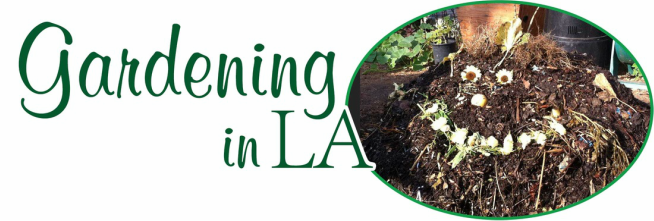
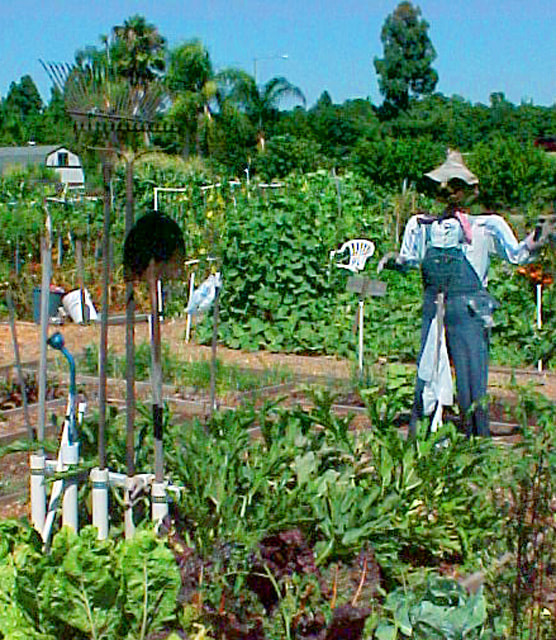
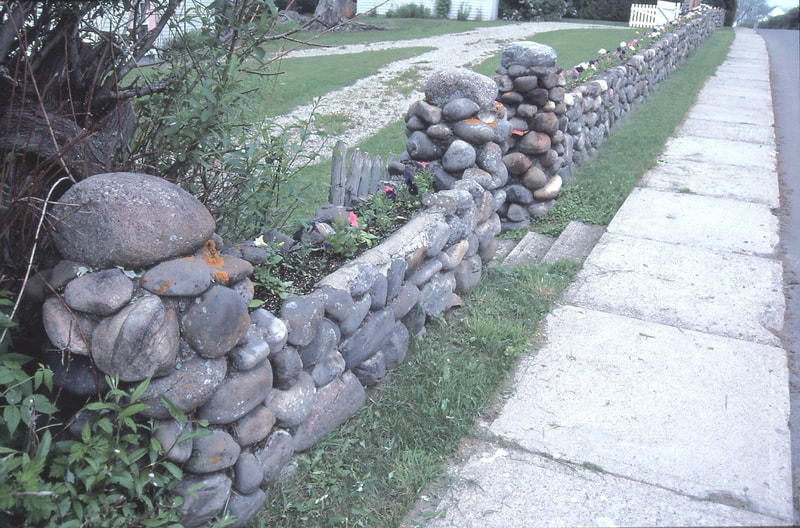
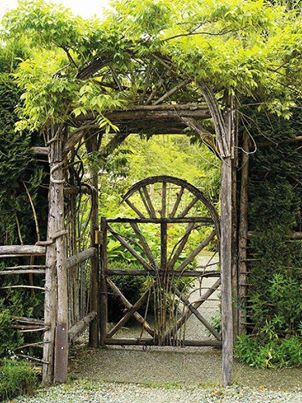
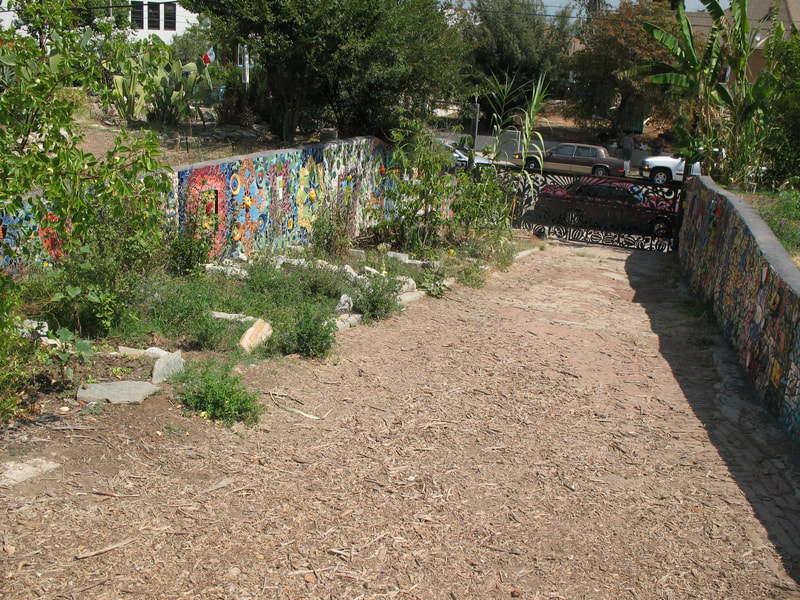
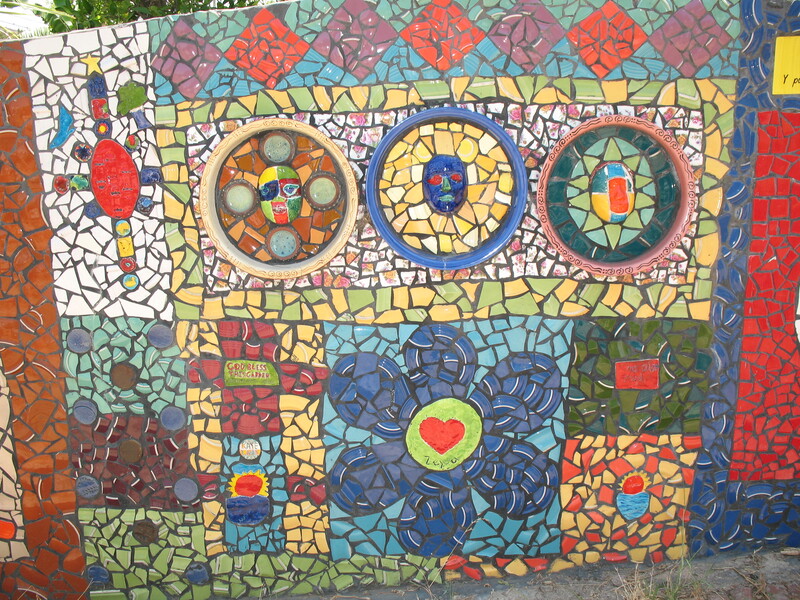
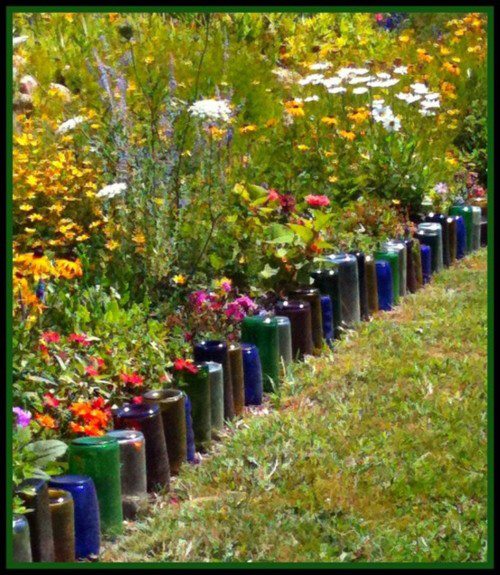

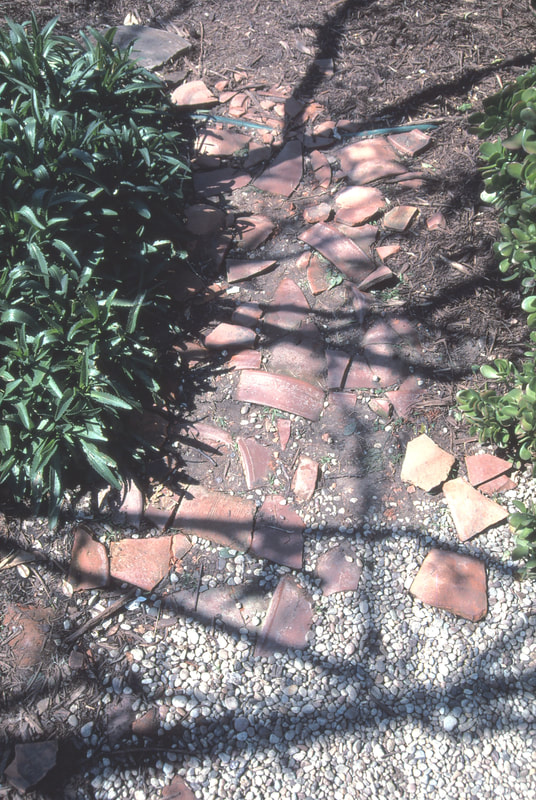
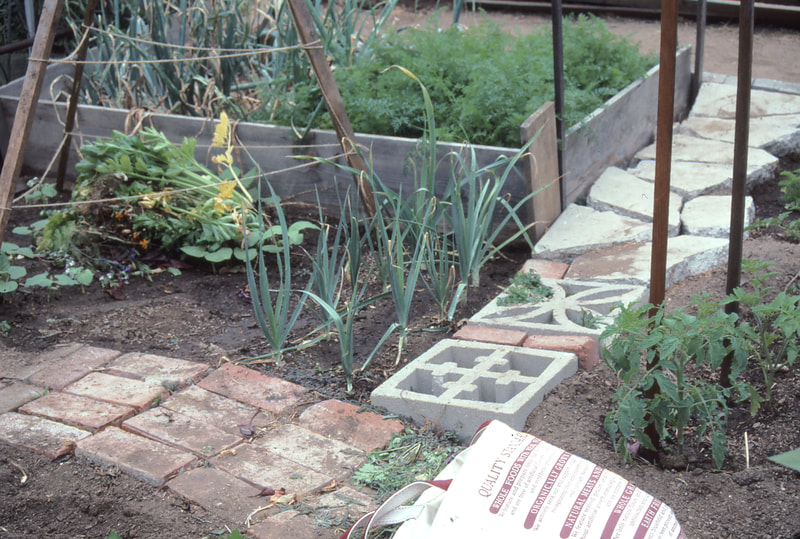
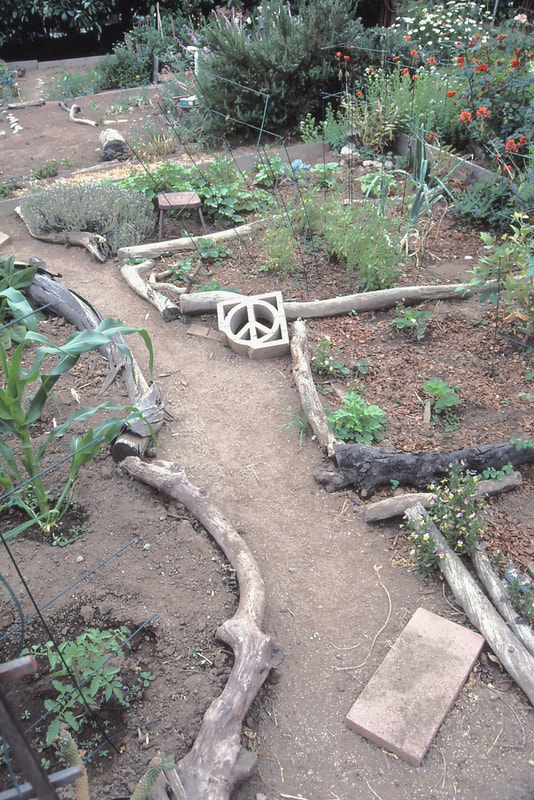
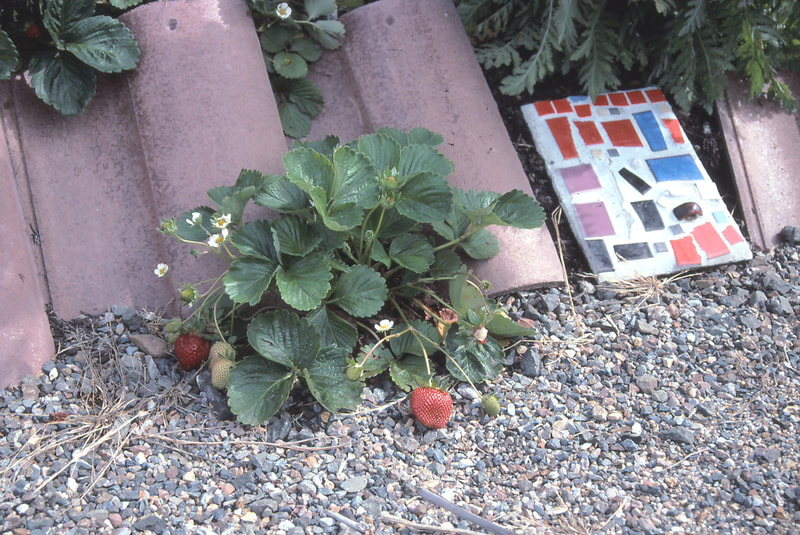
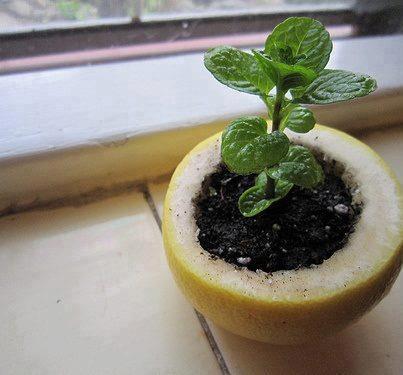
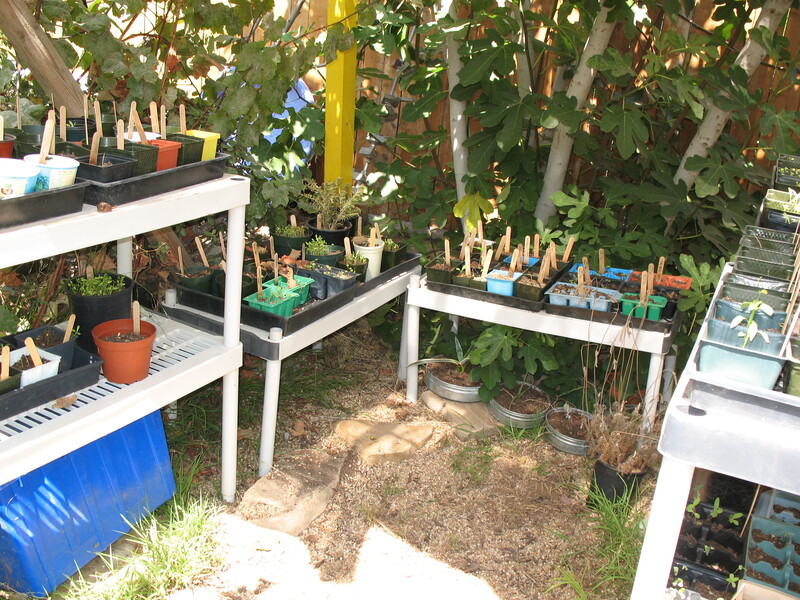
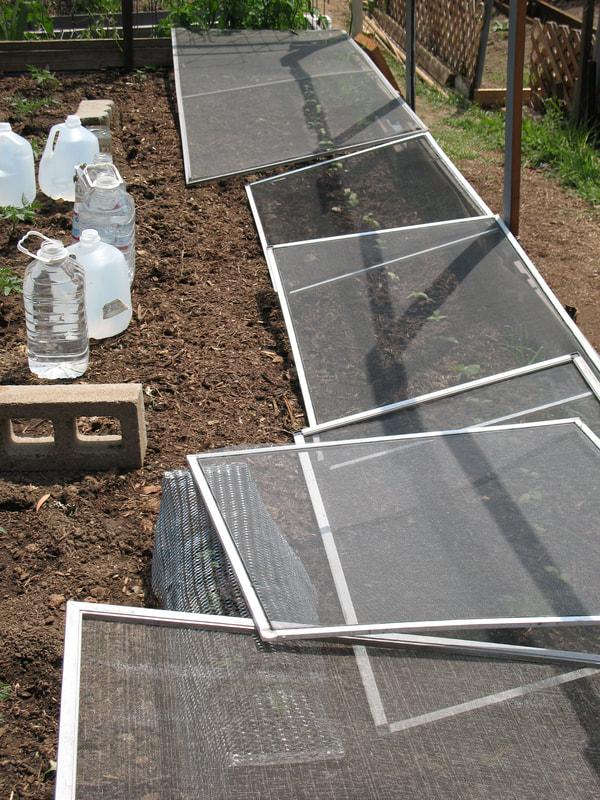
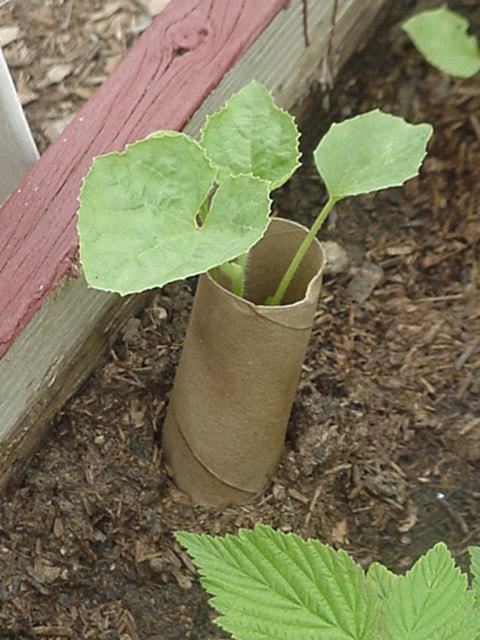
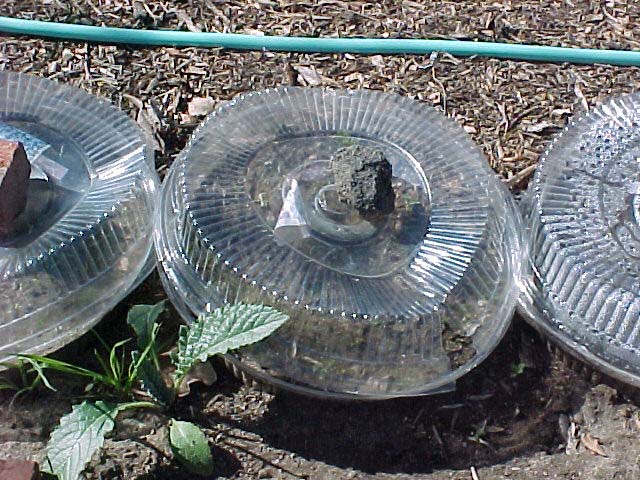
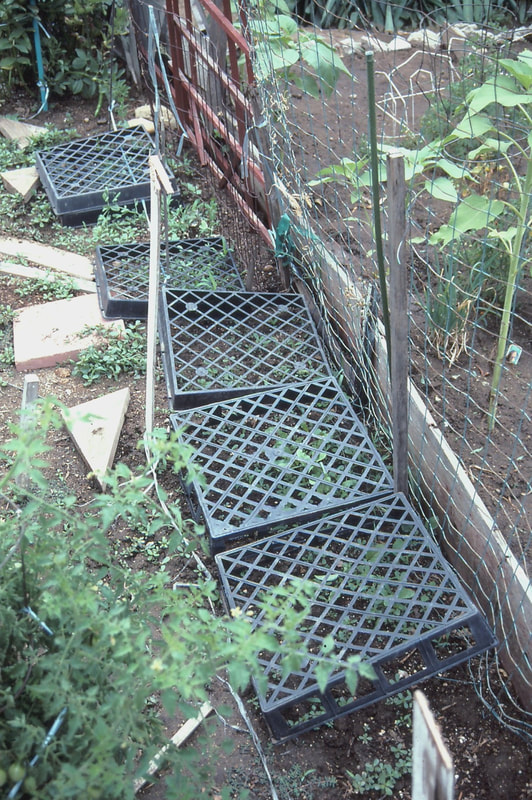
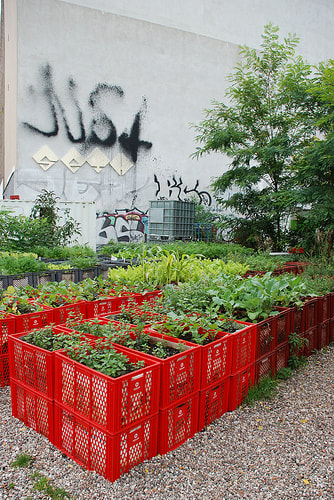
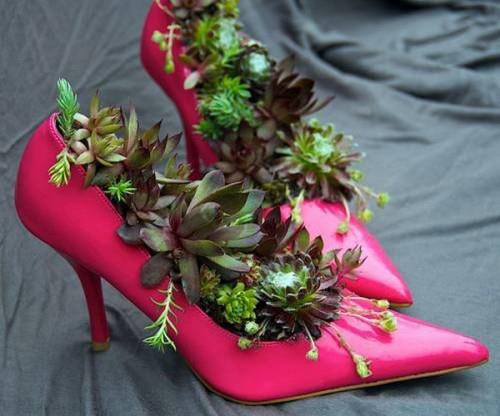

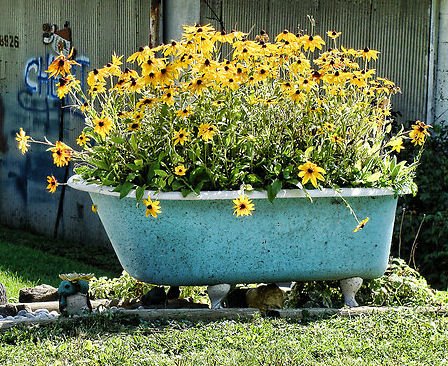
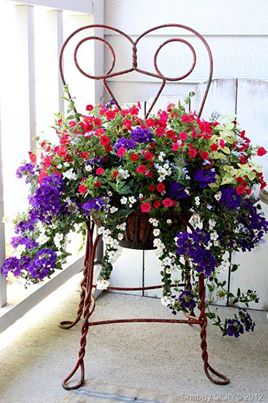
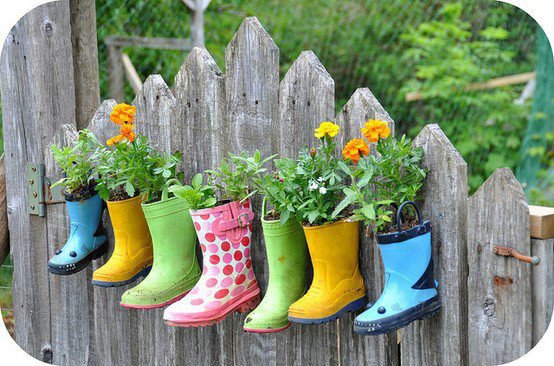
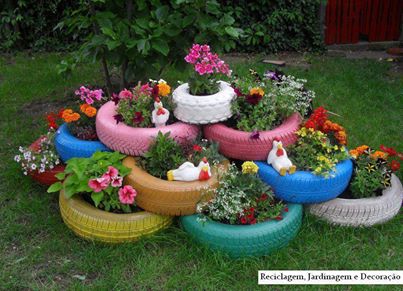
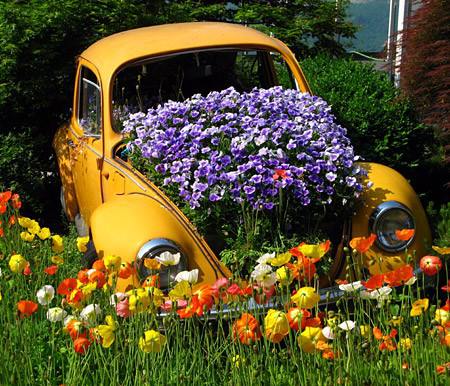
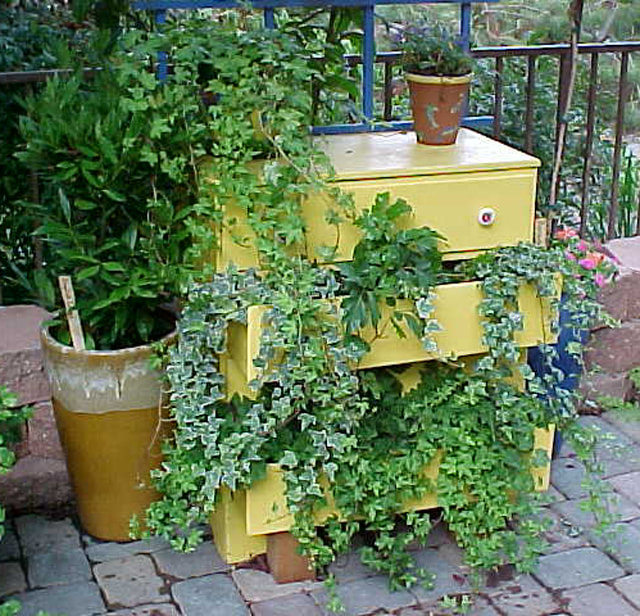
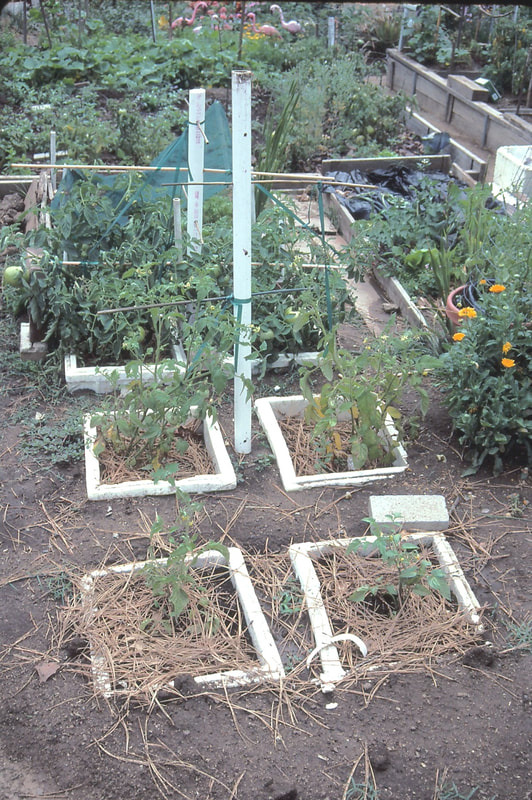
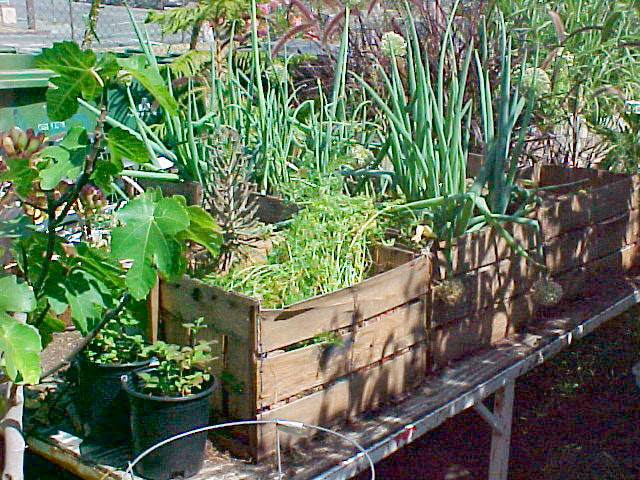
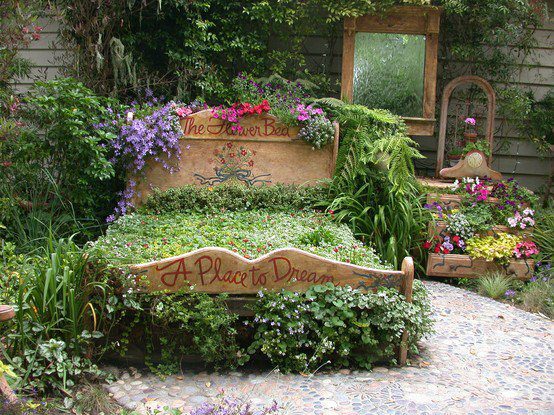
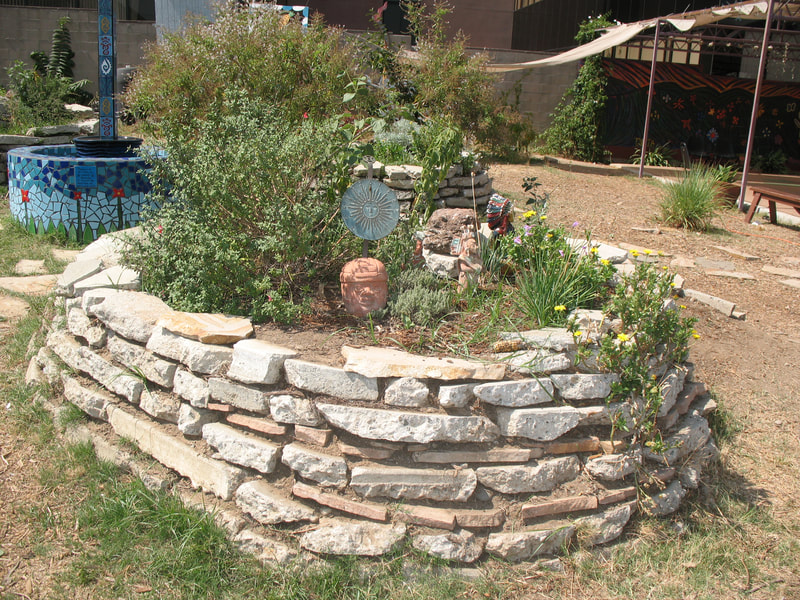
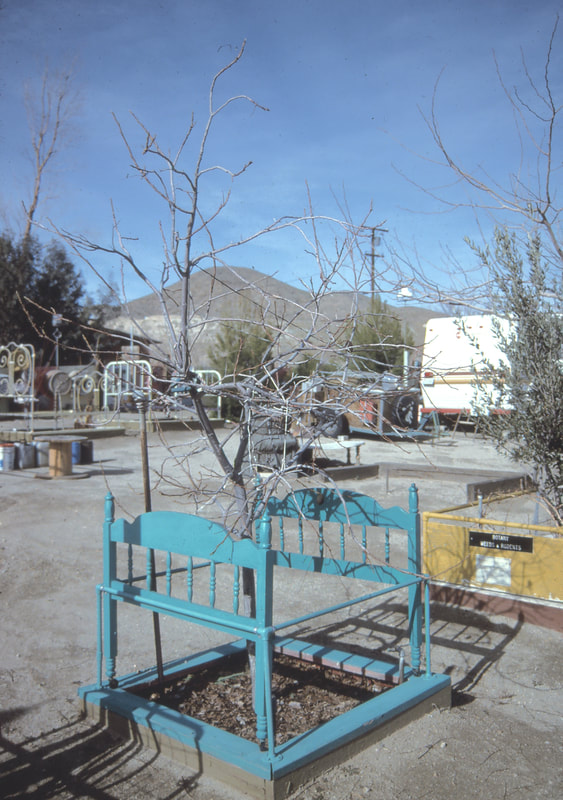
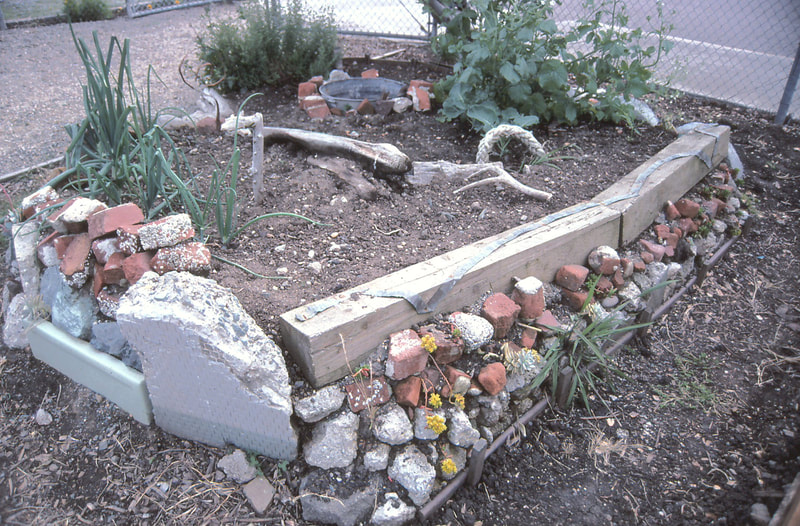
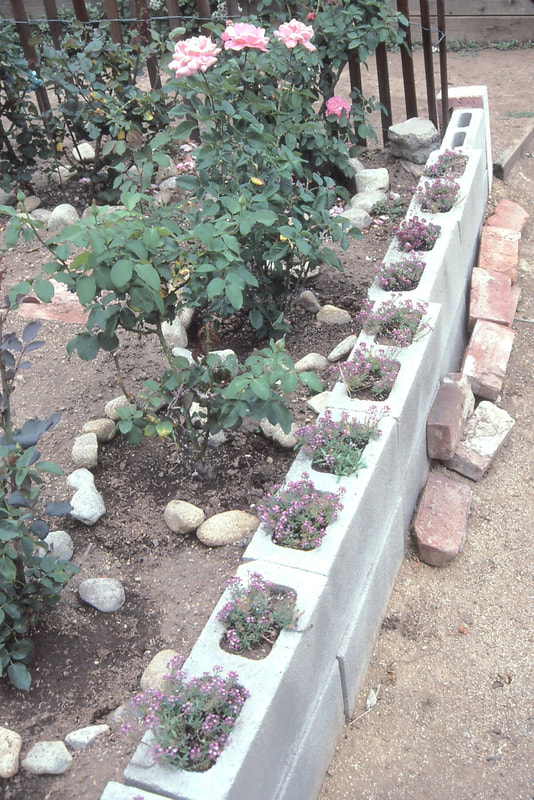
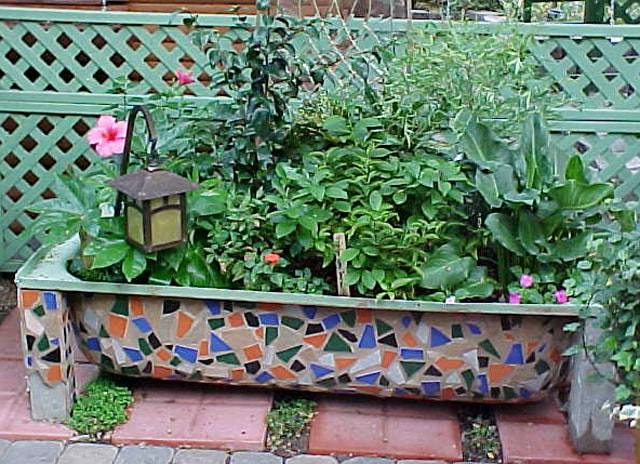
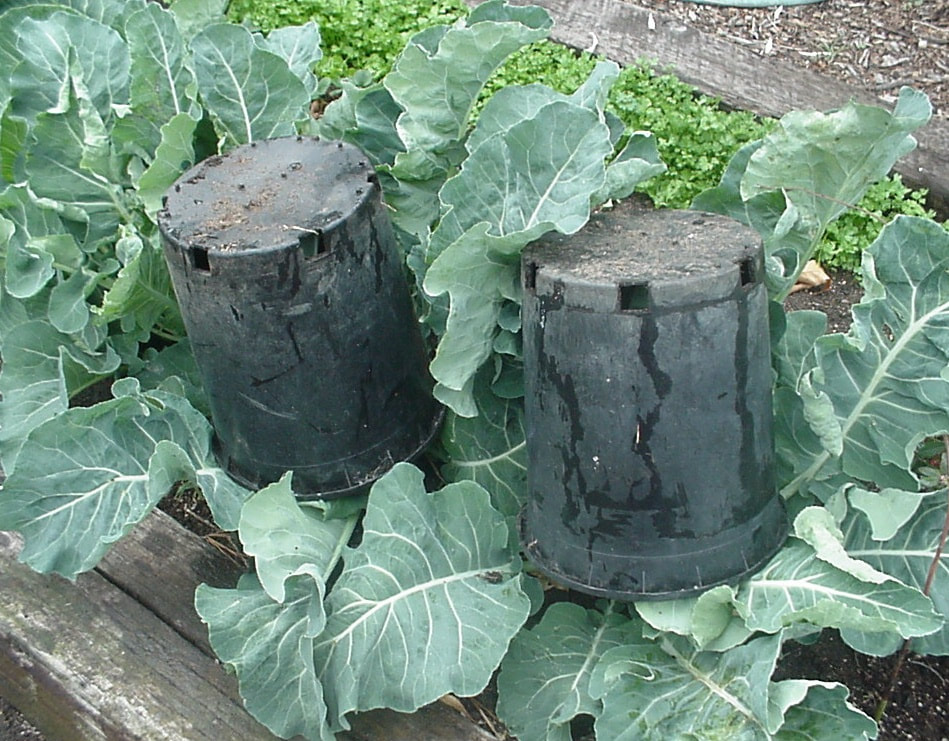
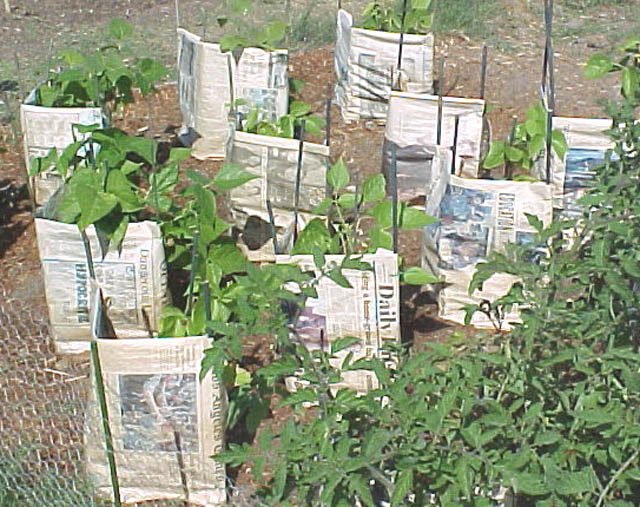
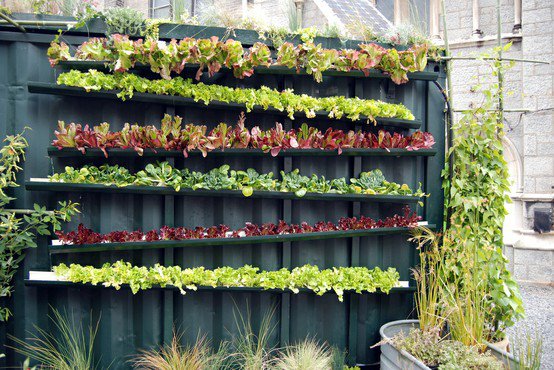
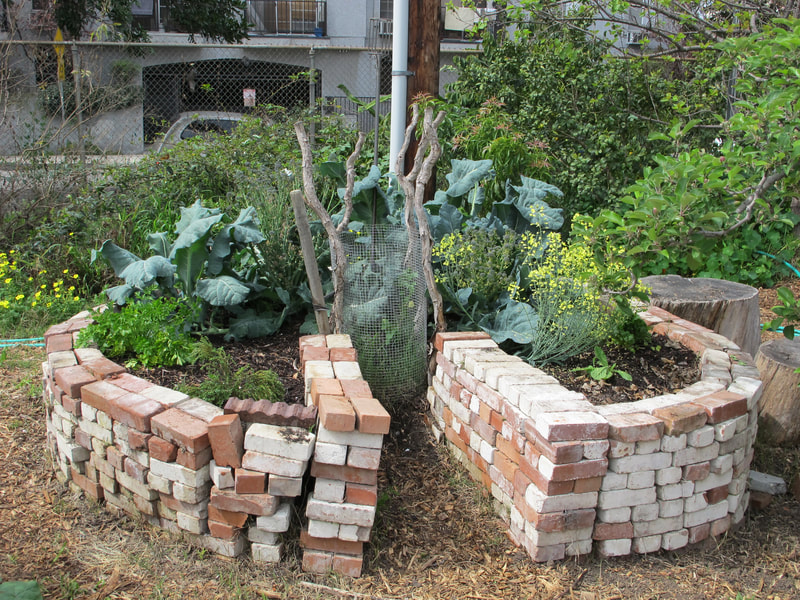
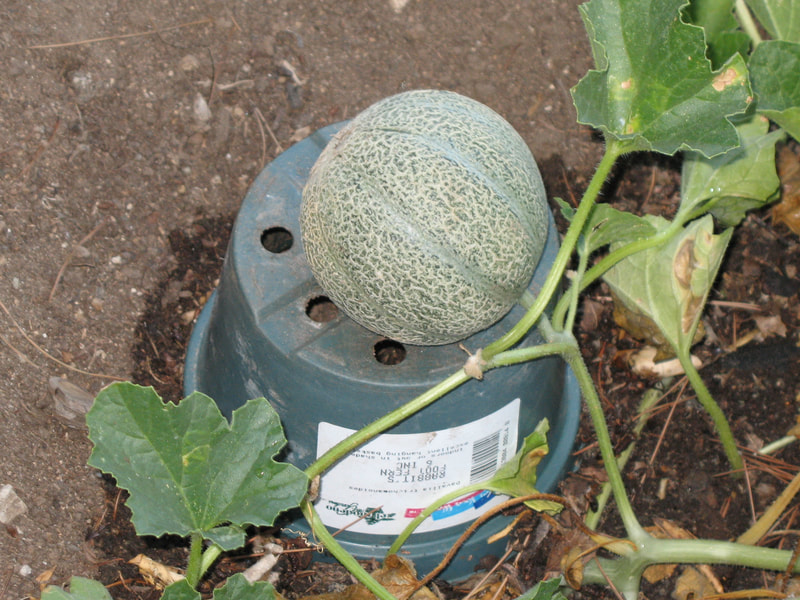
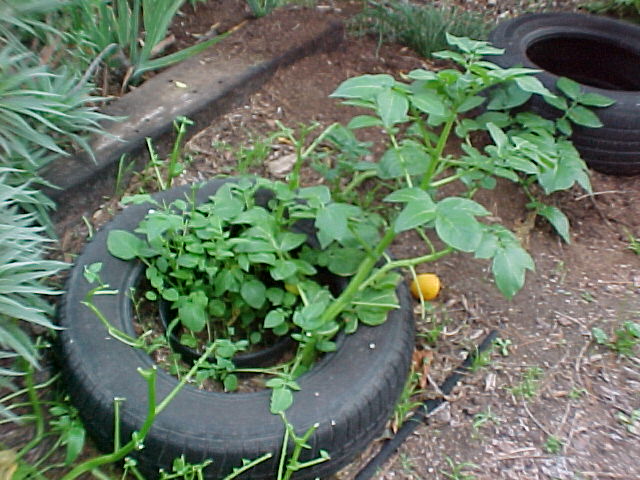
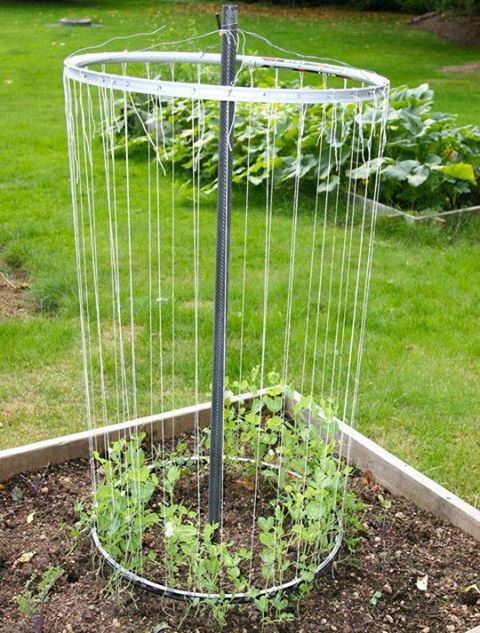
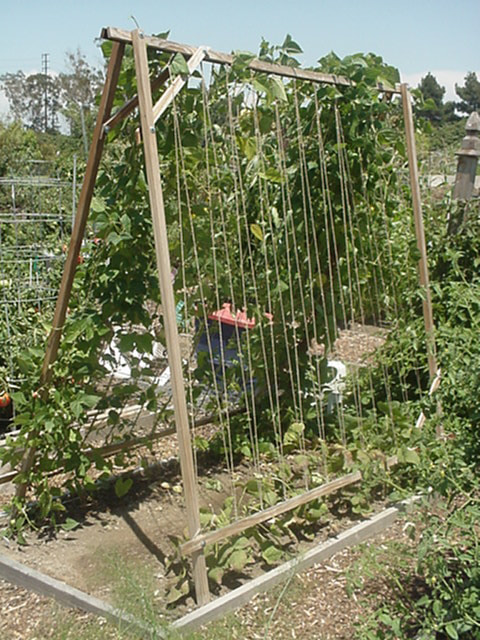
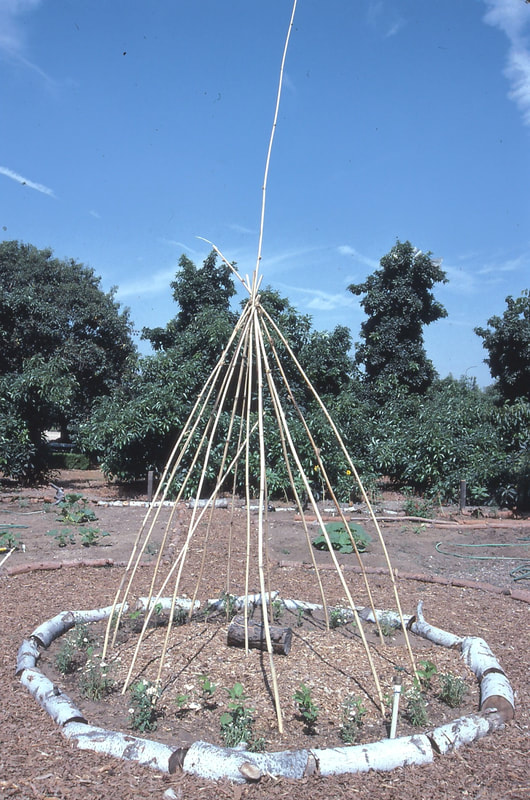
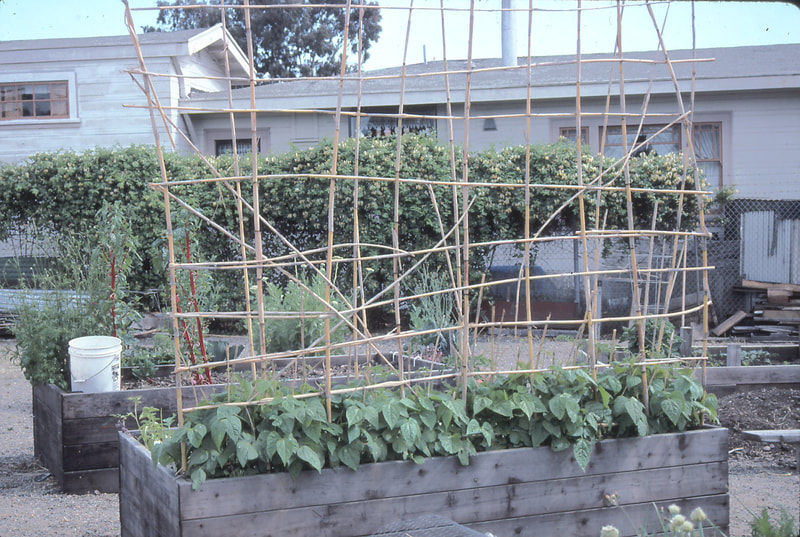
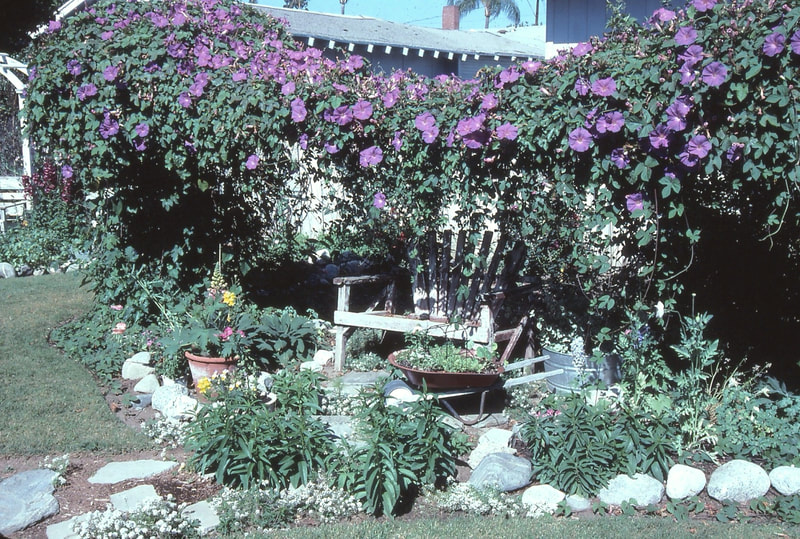
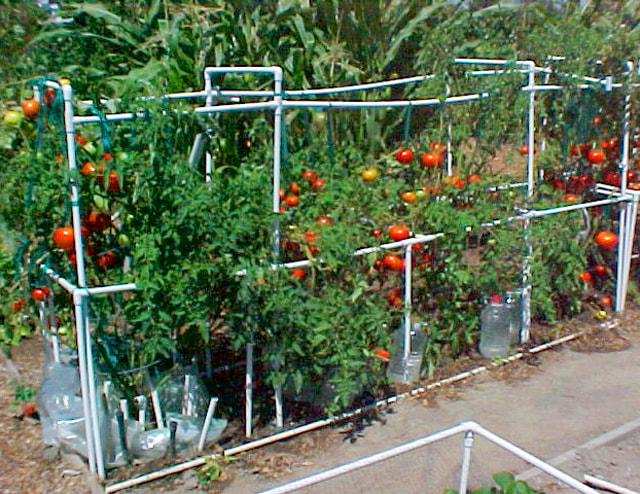

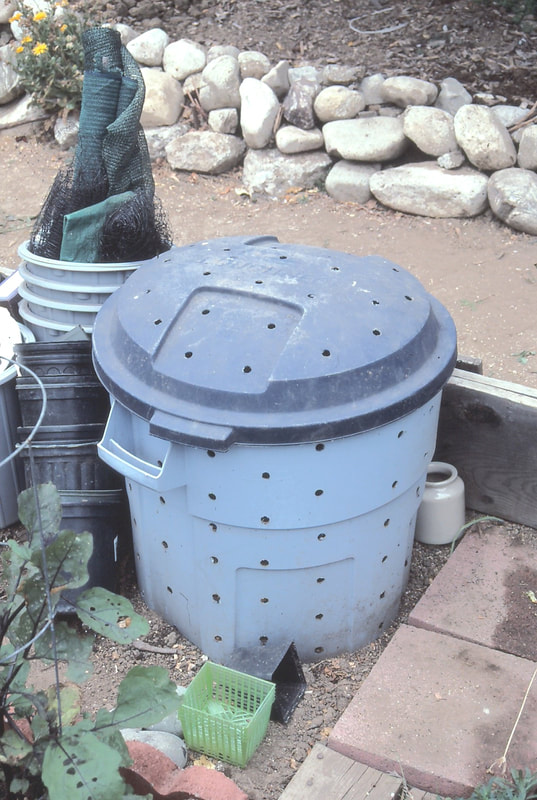
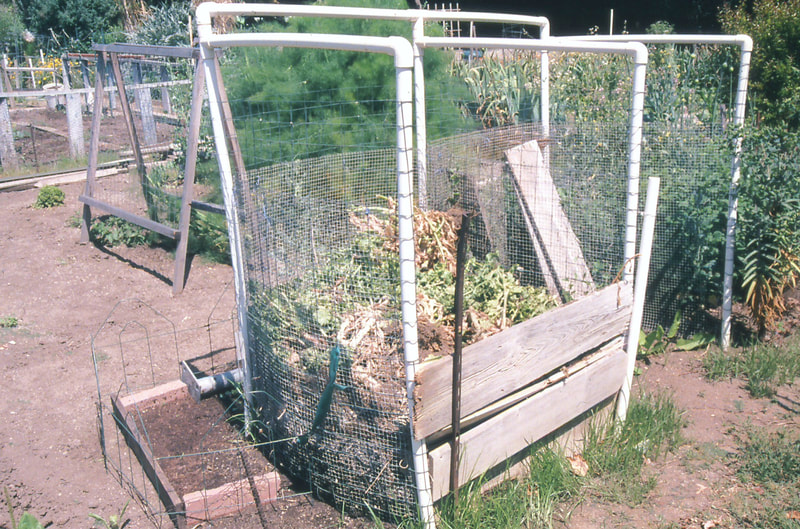
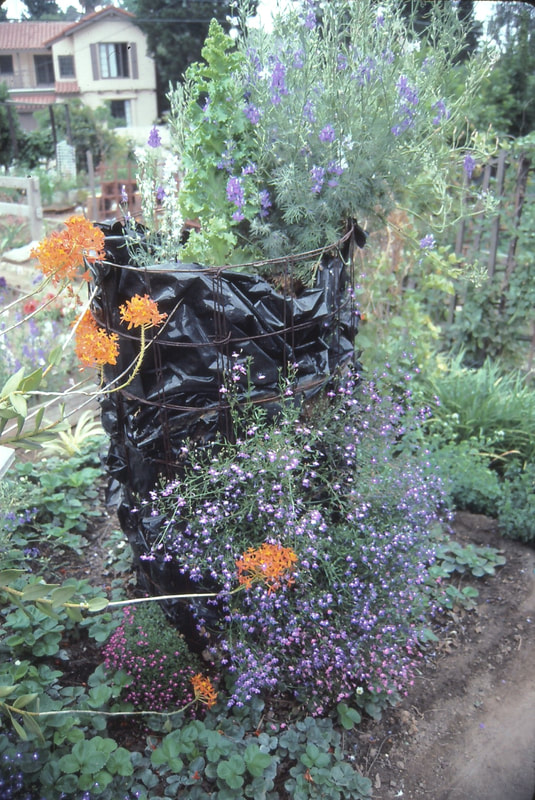
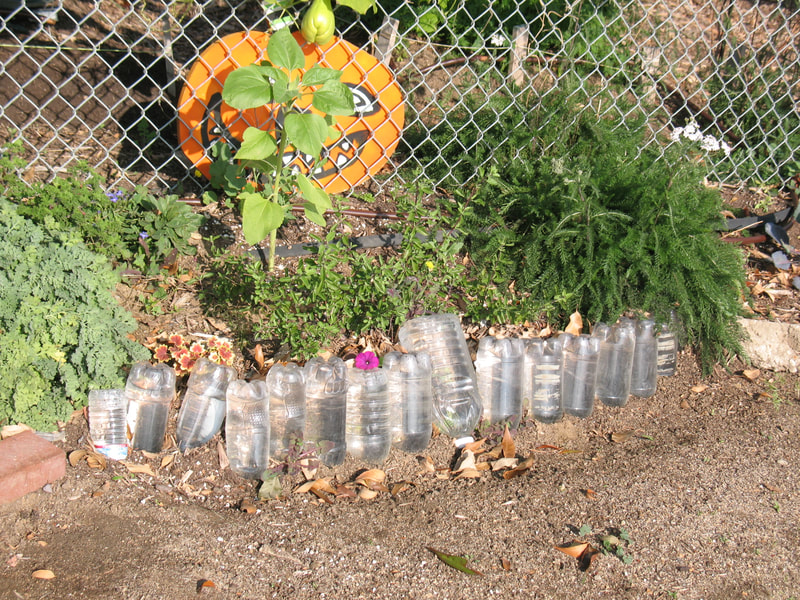

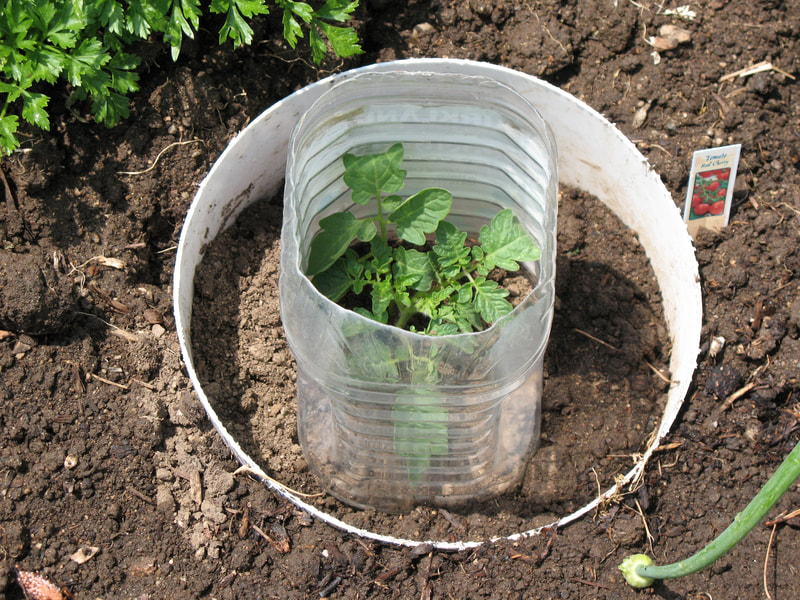
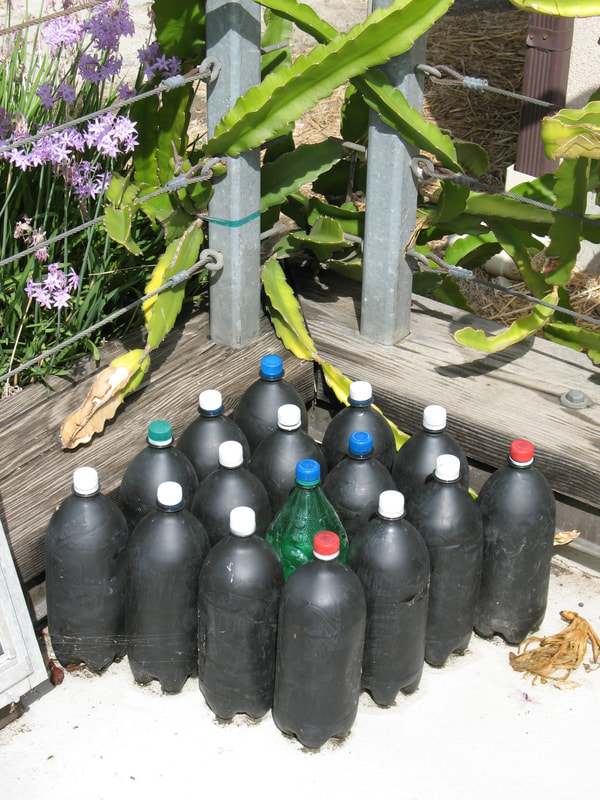
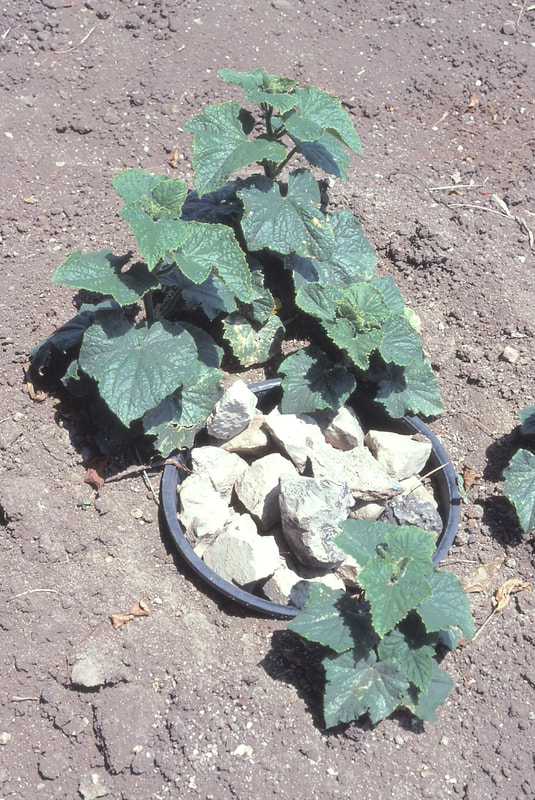
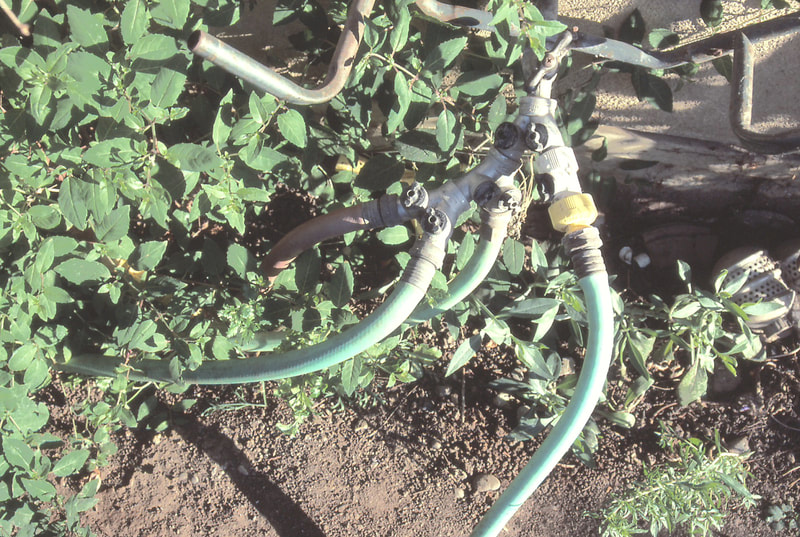
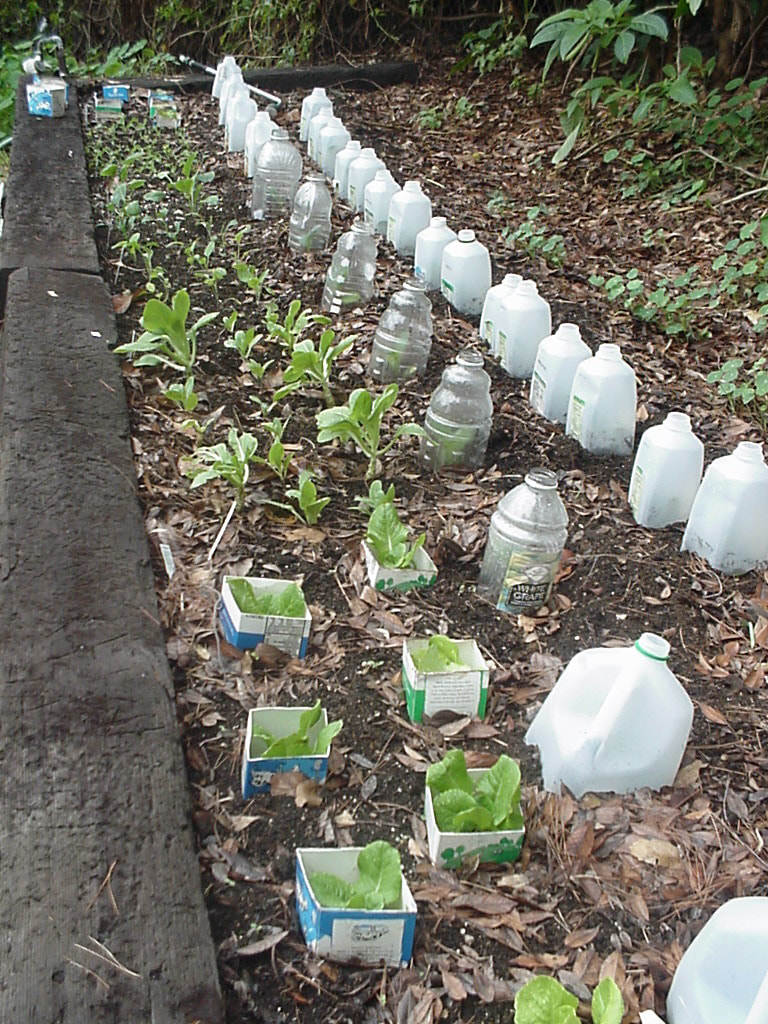
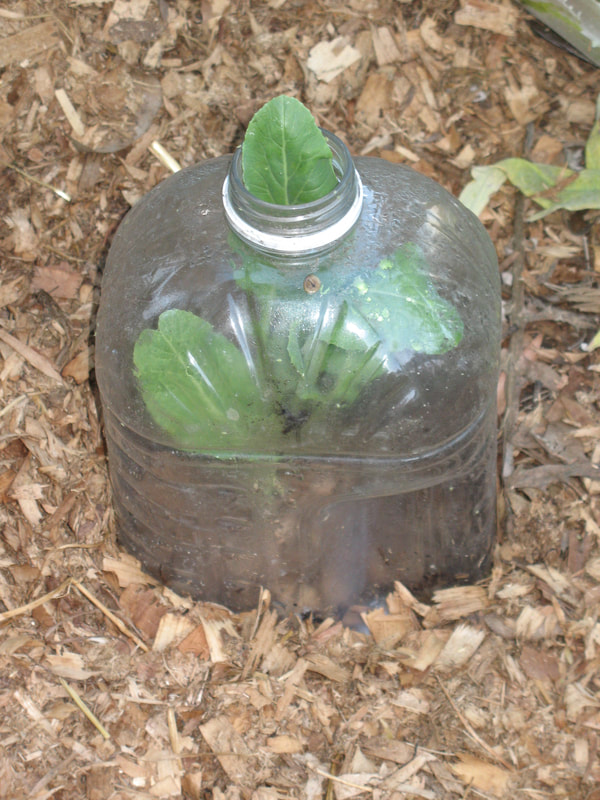
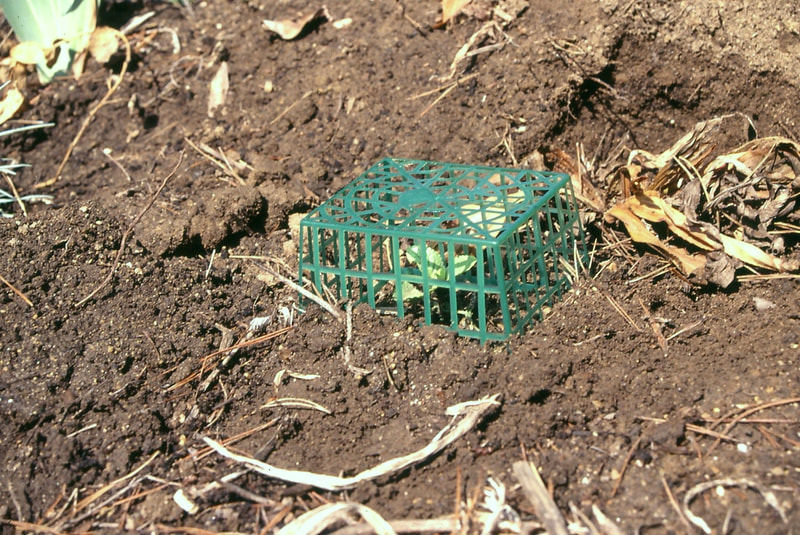
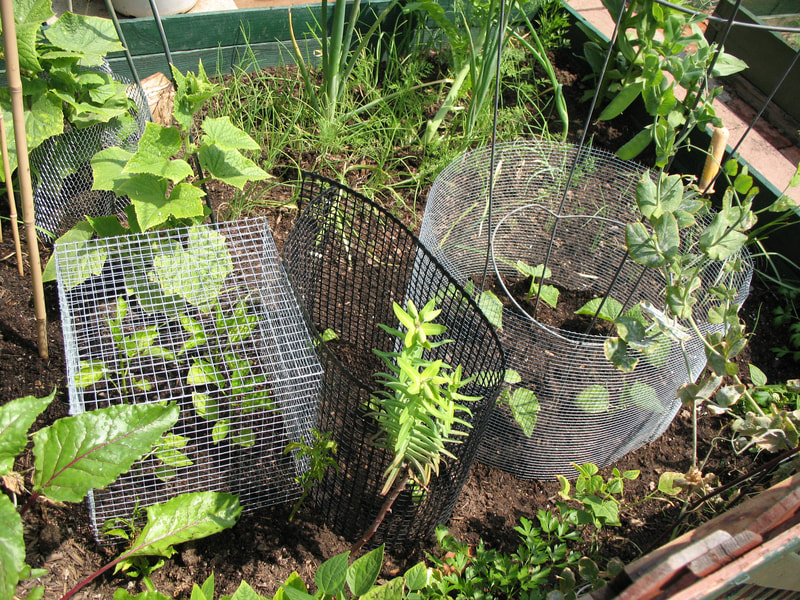
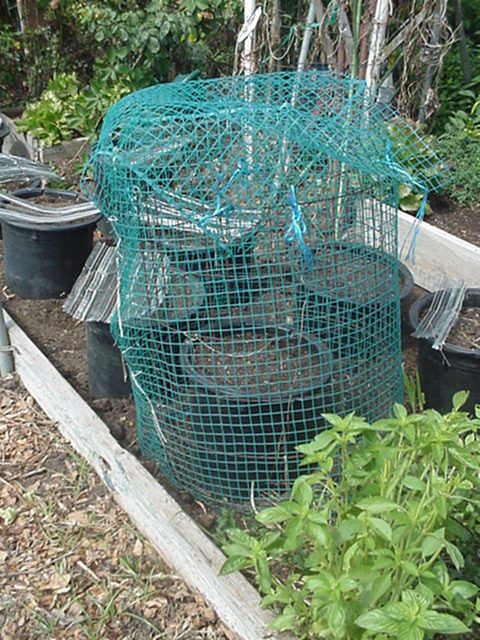
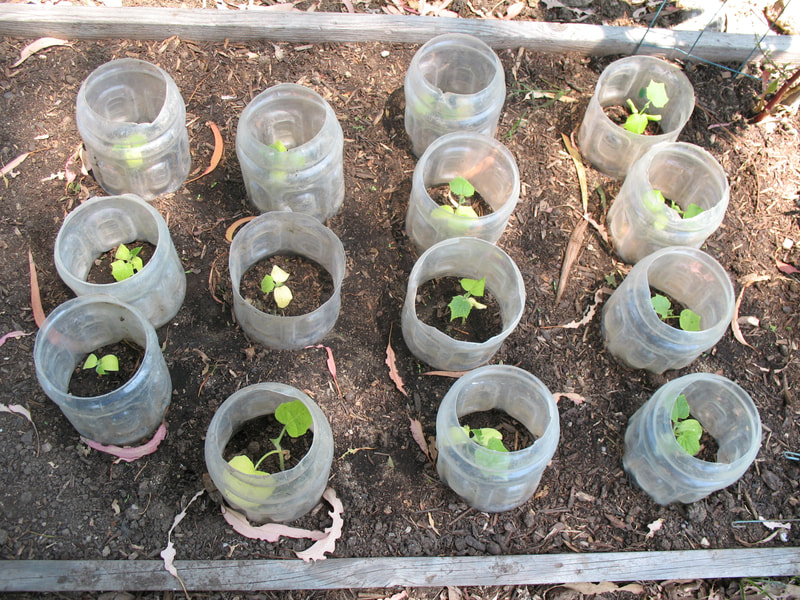
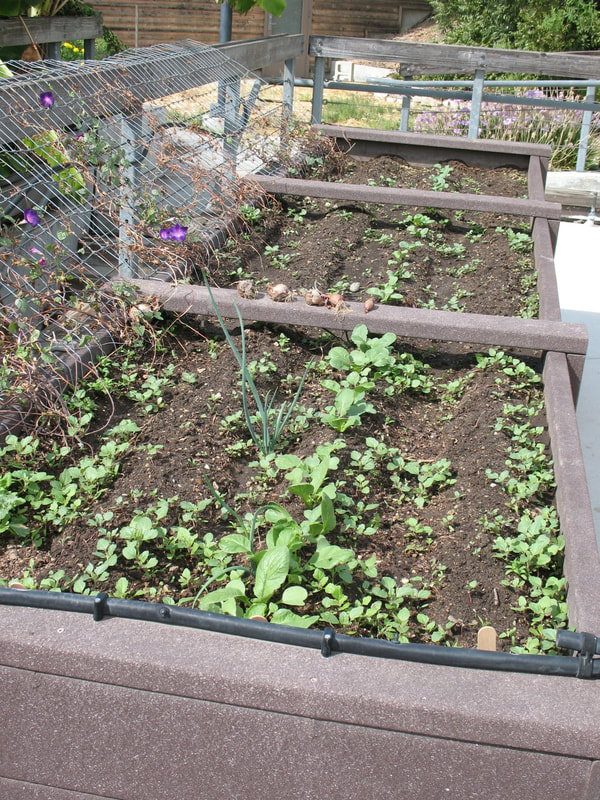
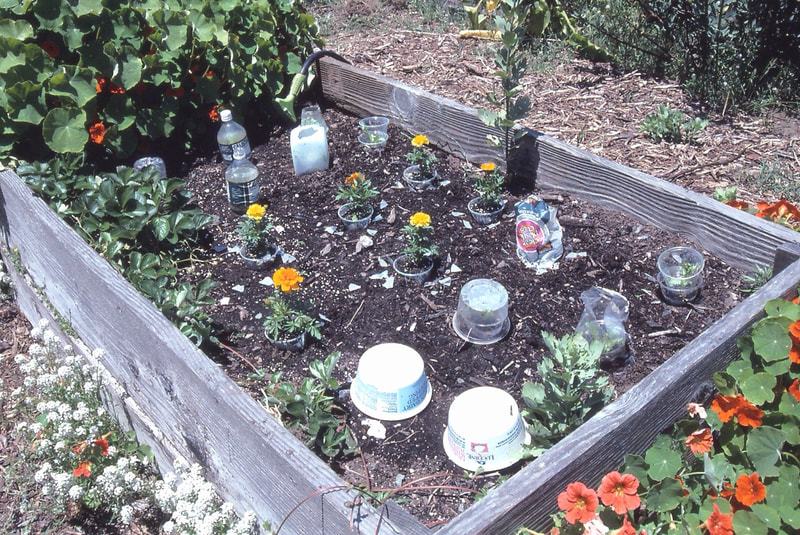
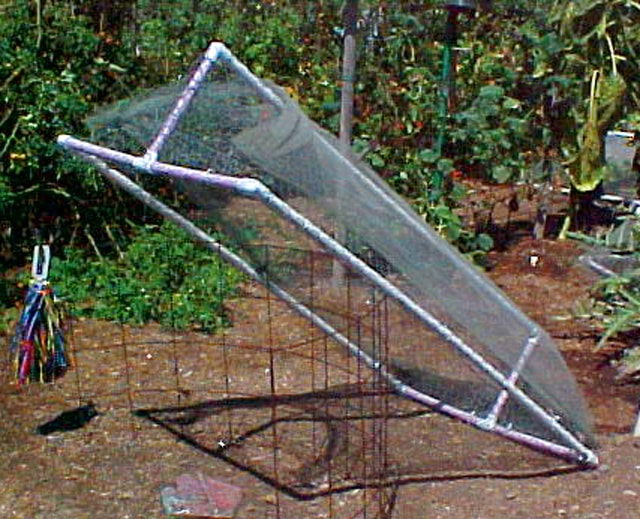
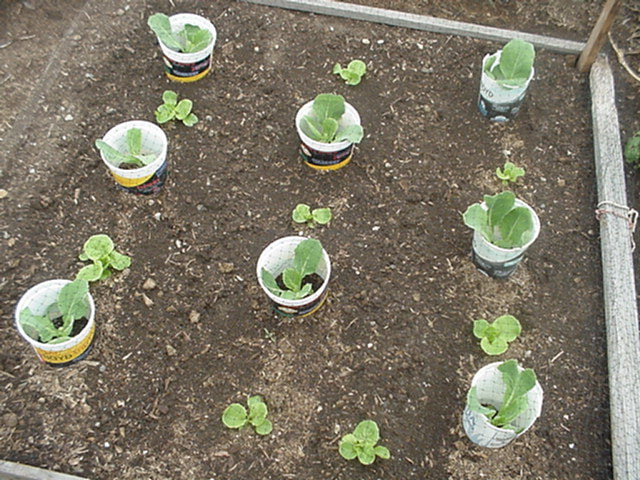
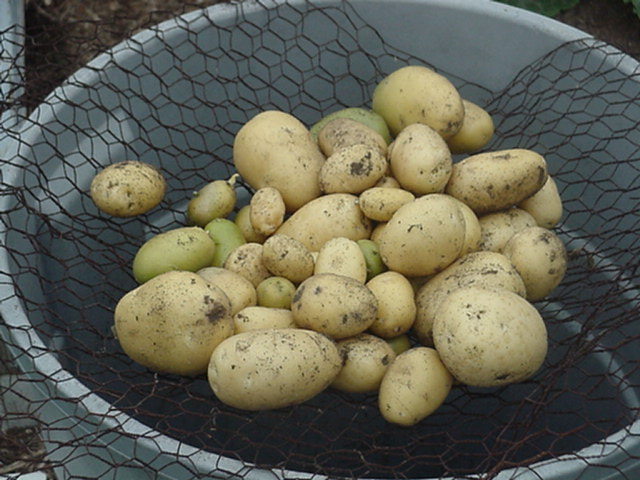

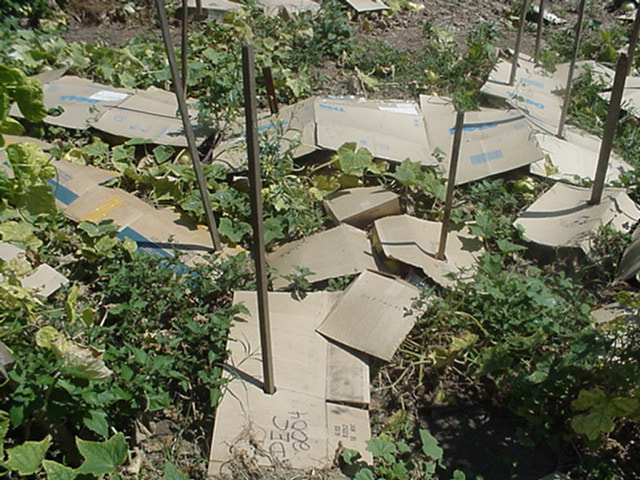
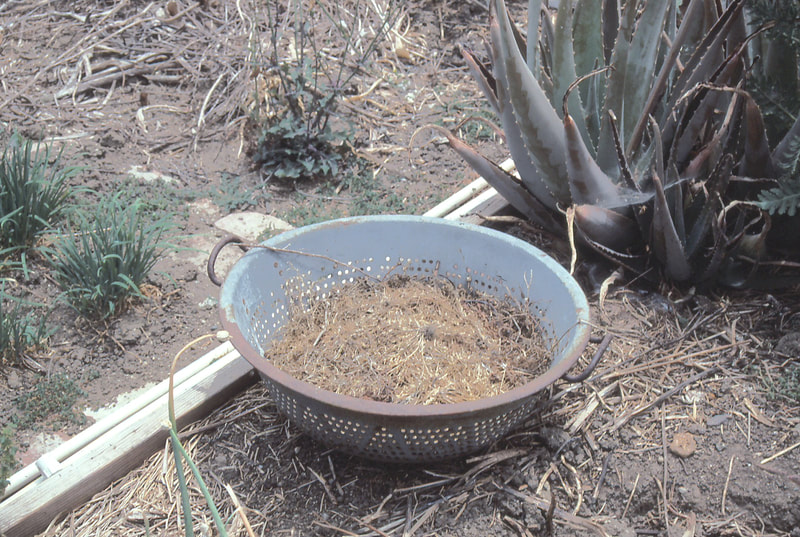
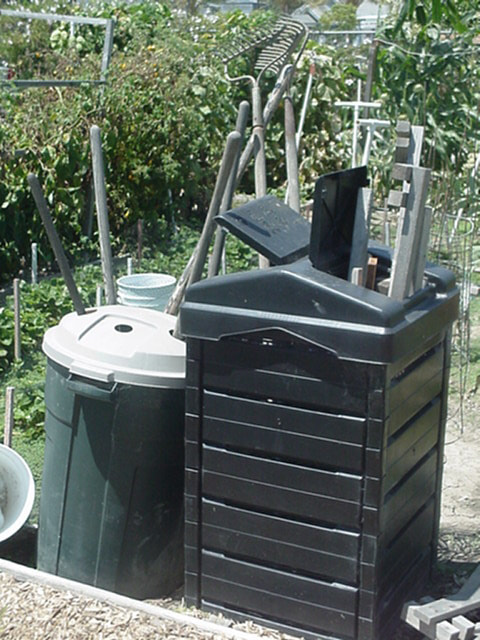
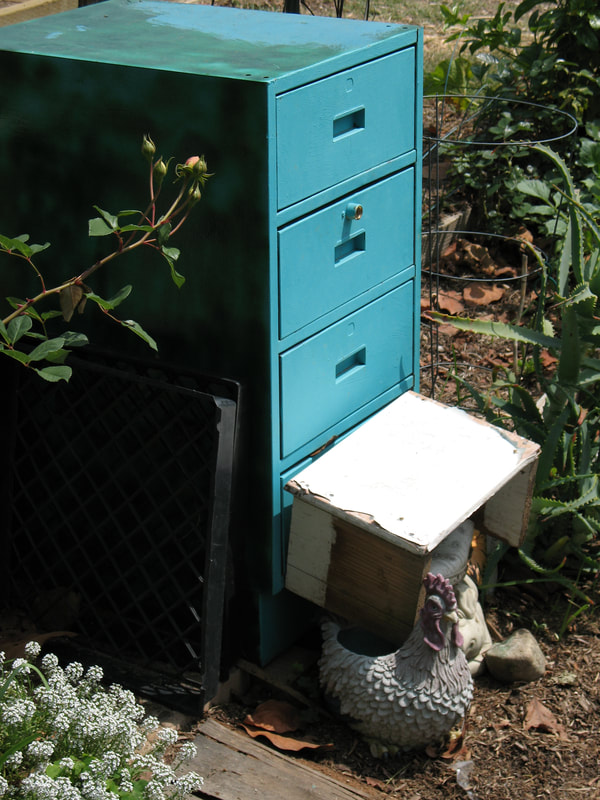
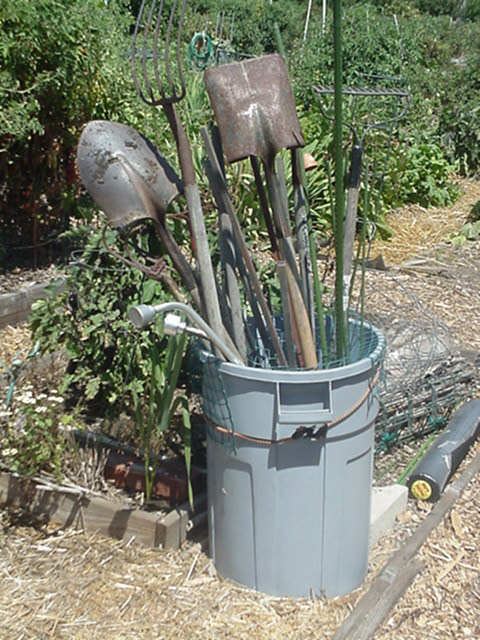
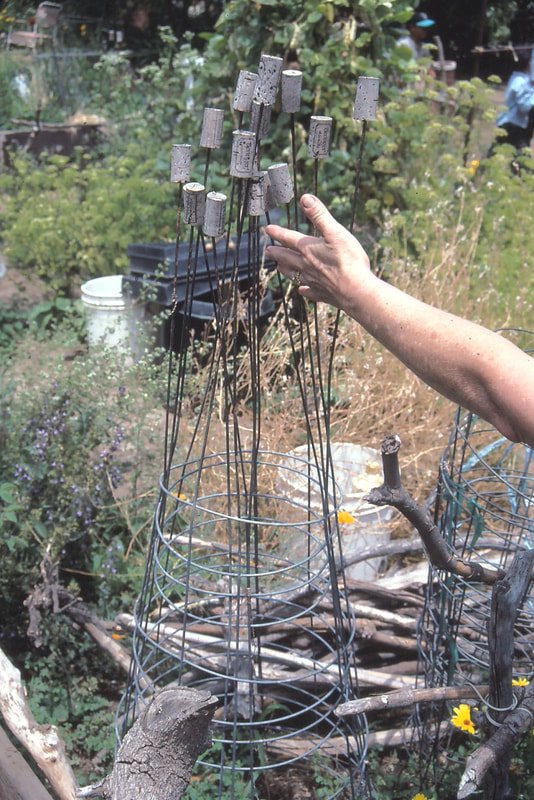
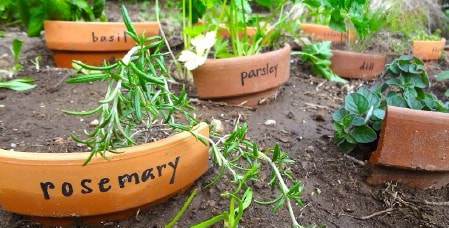
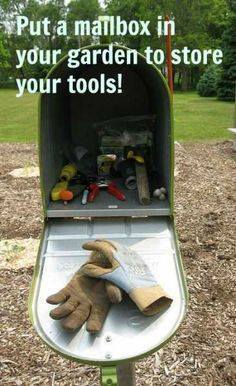
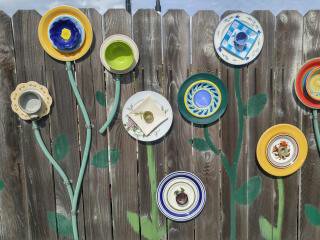
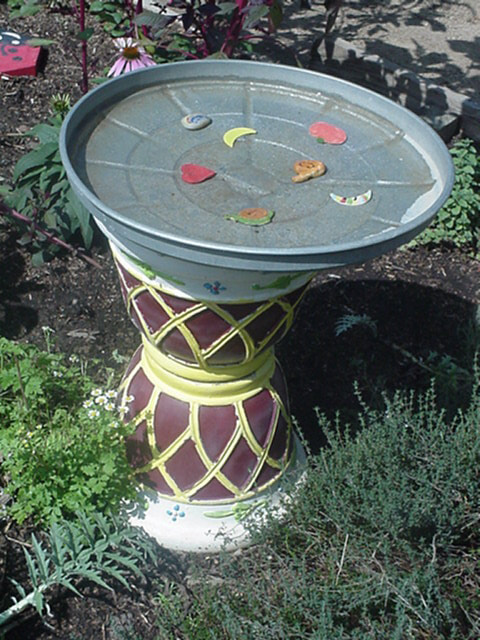
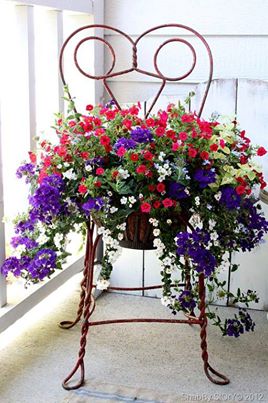

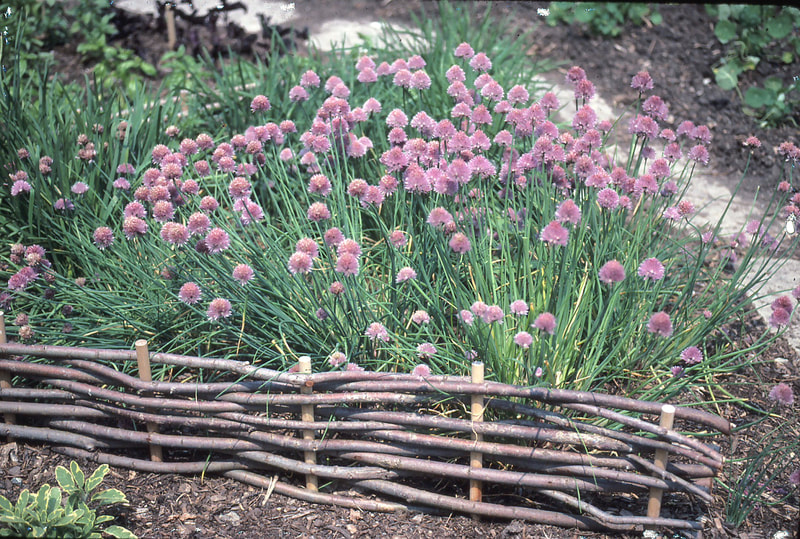
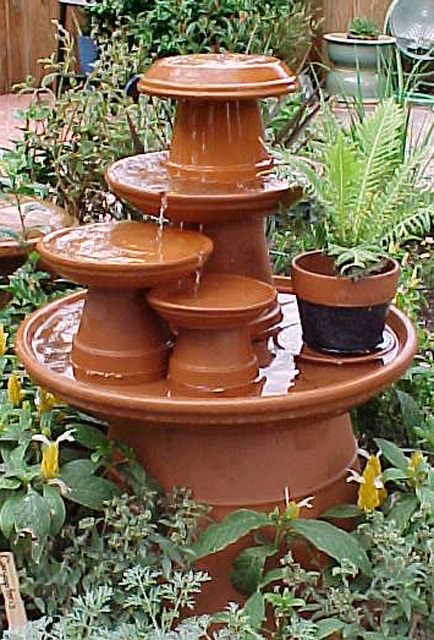
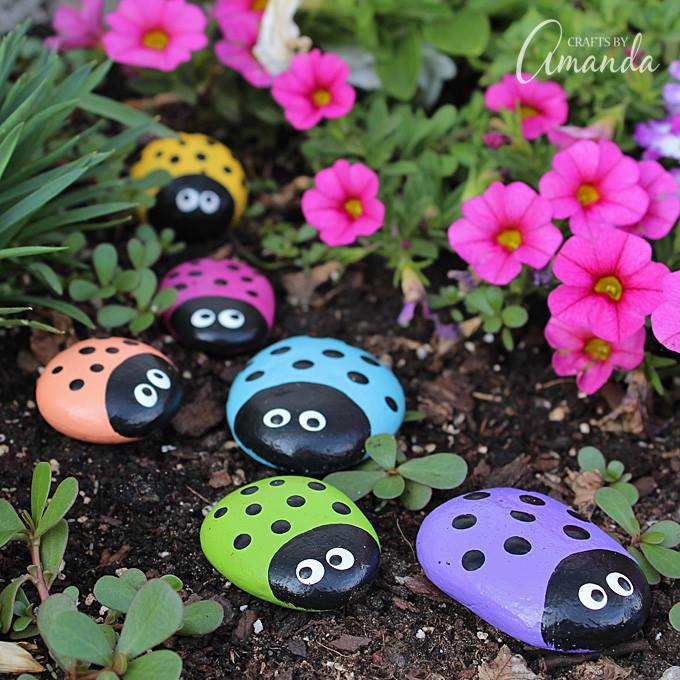
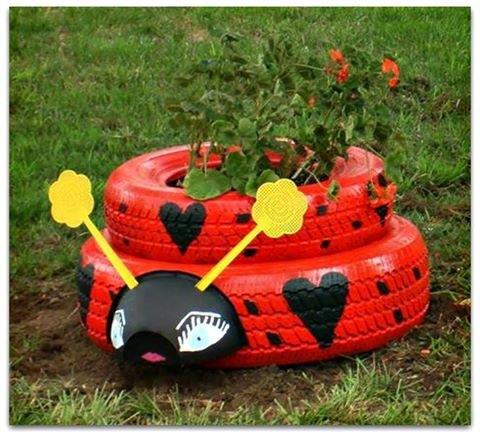
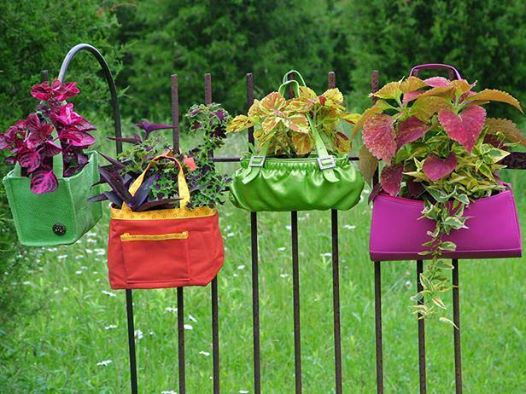
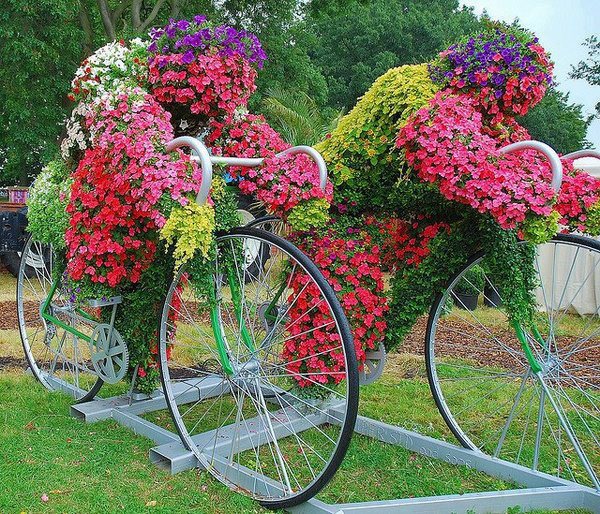
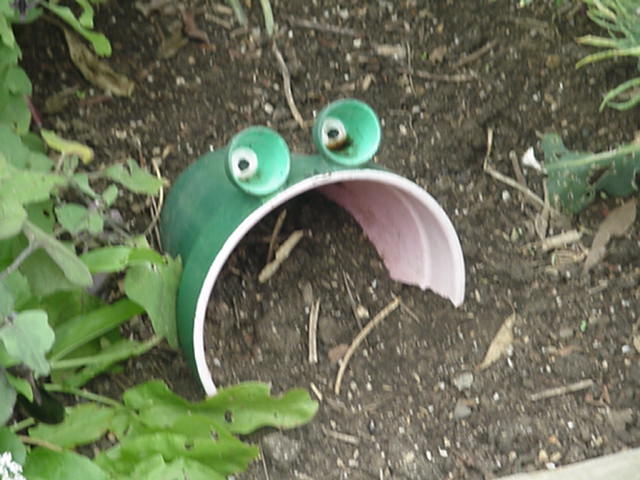
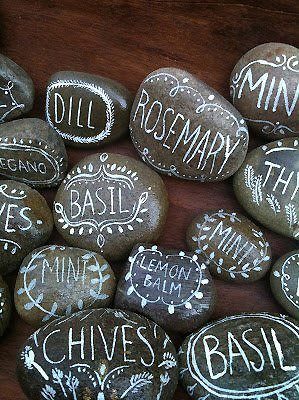
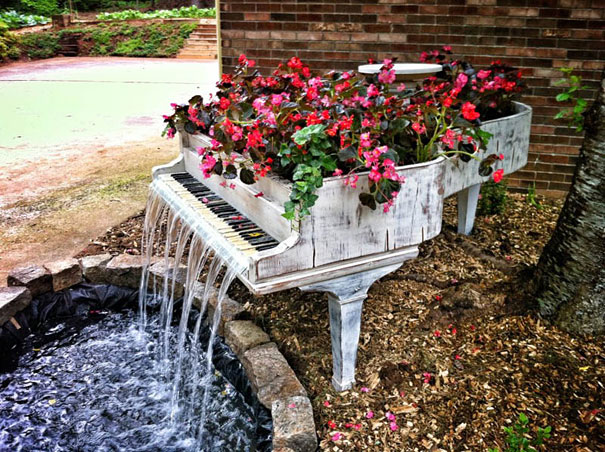
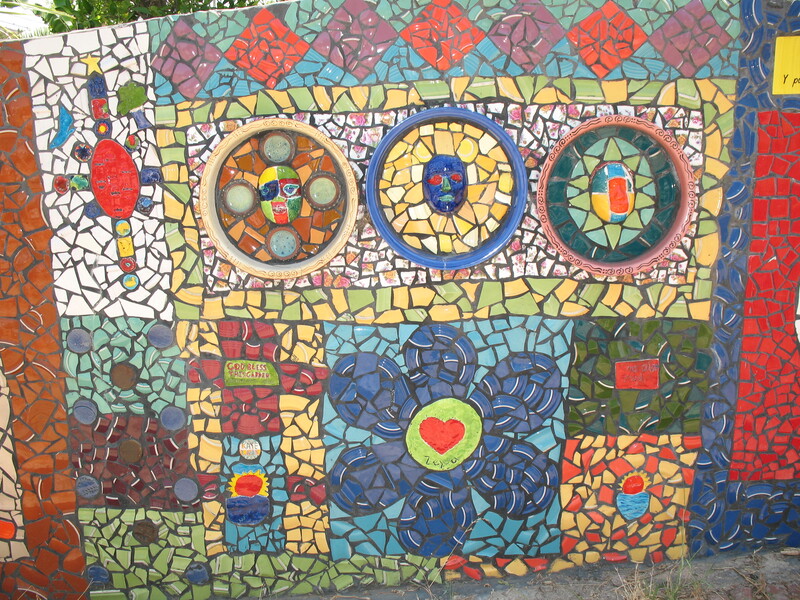
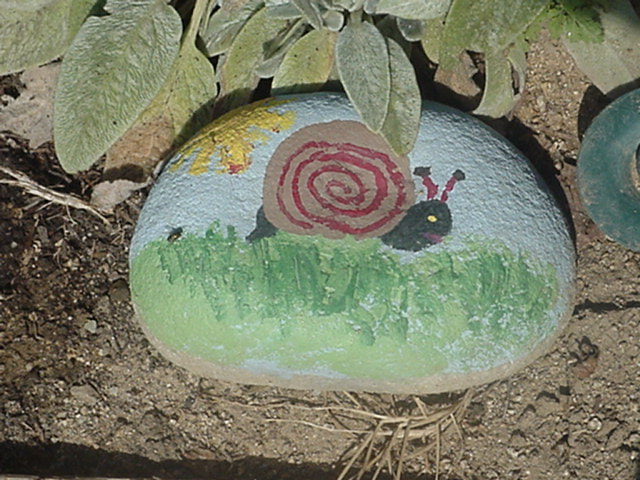
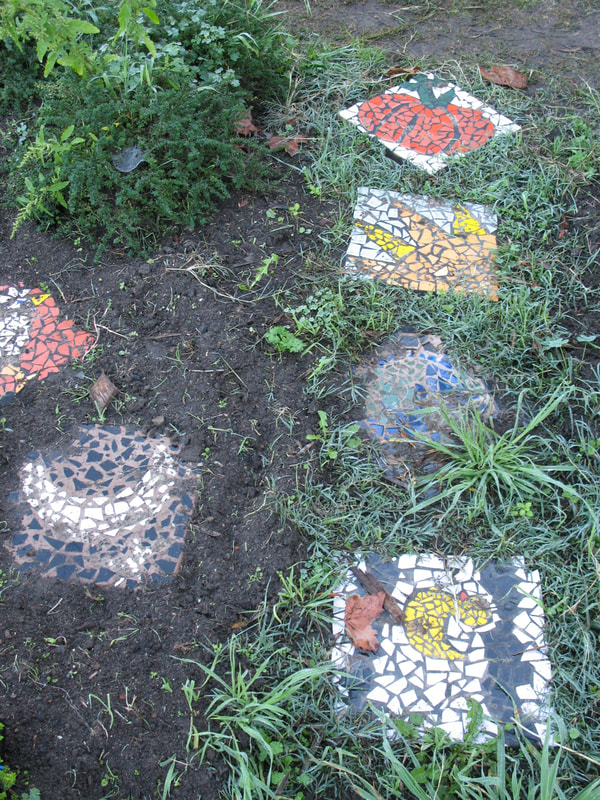
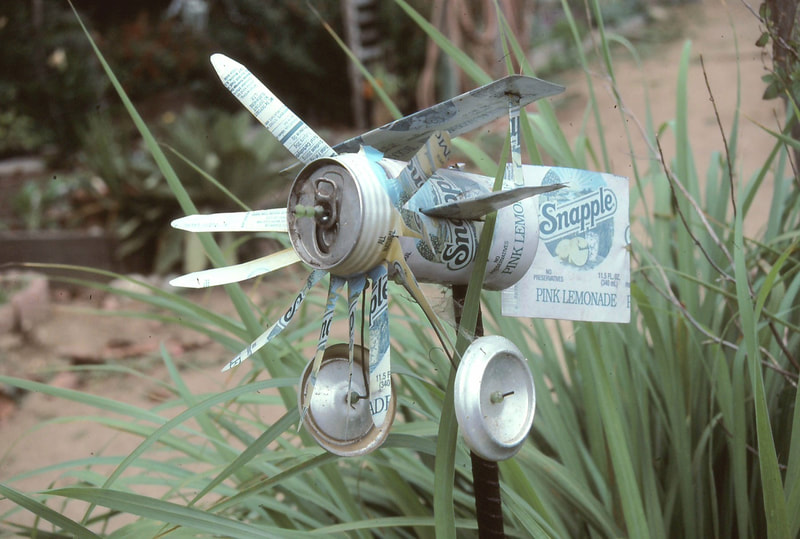
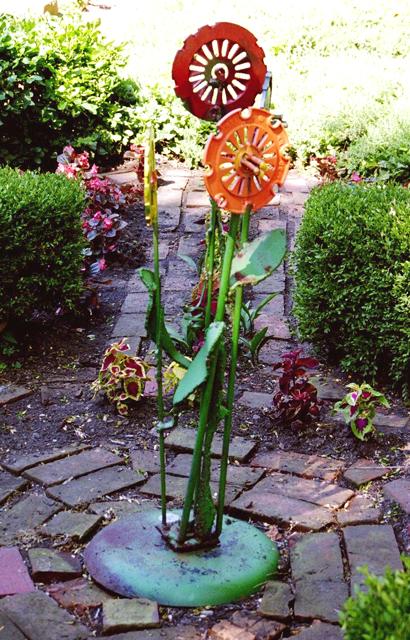
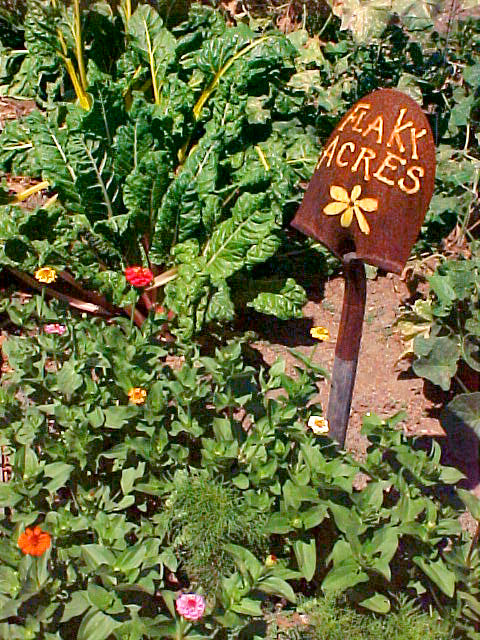
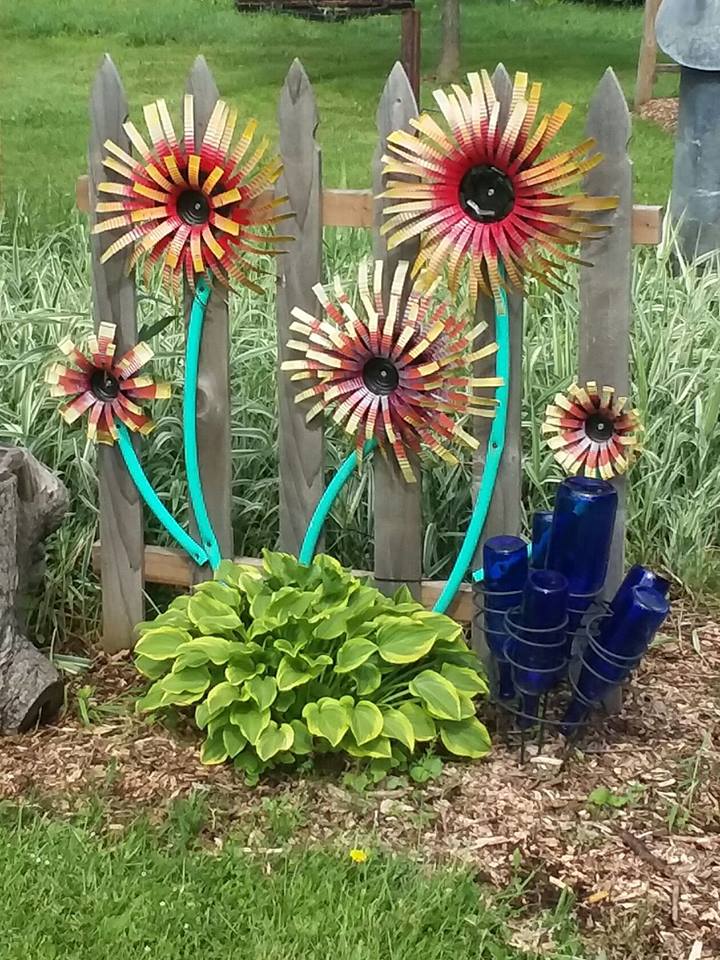
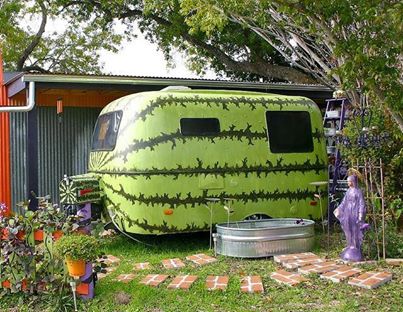
 RSS Feed
RSS Feed